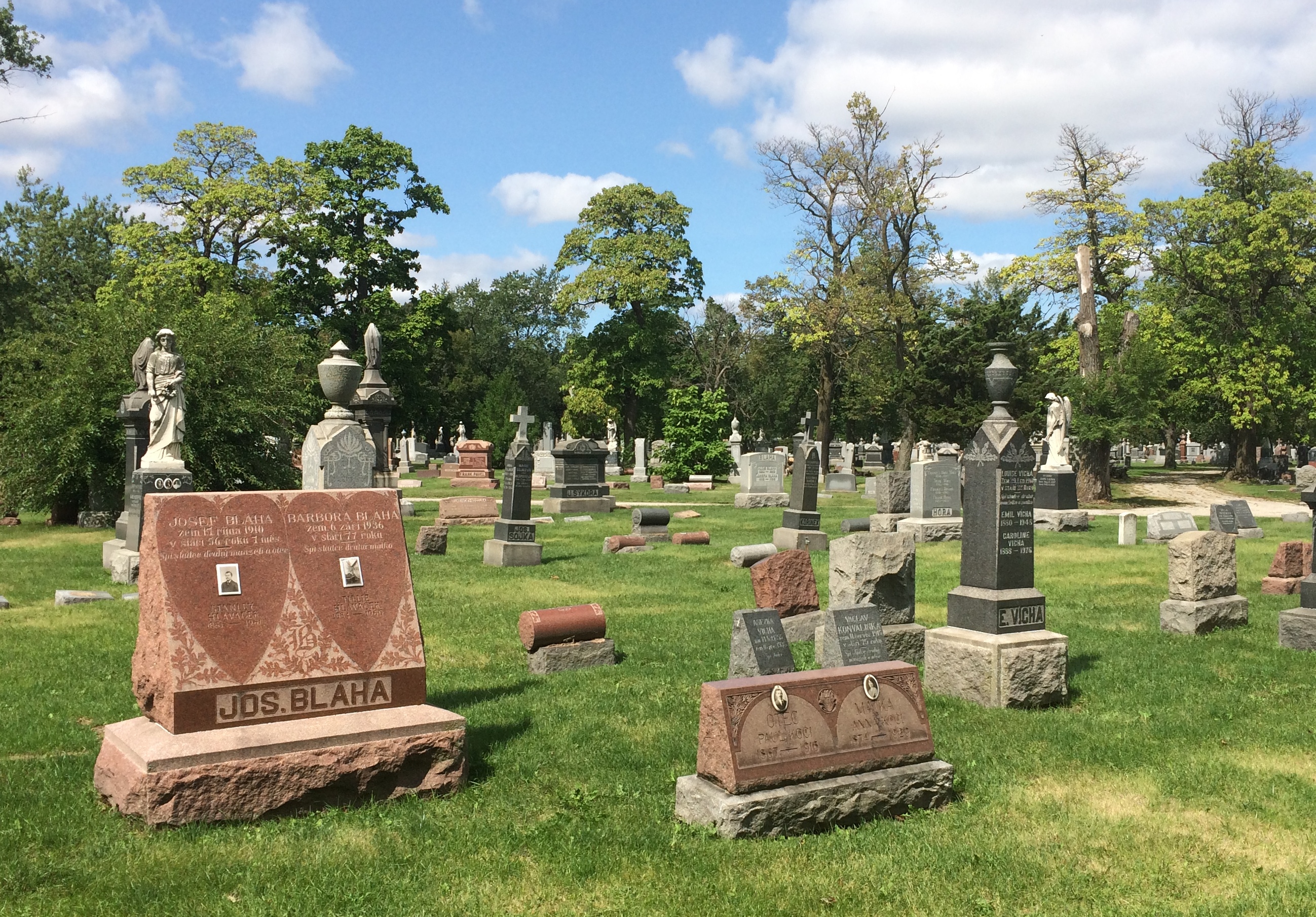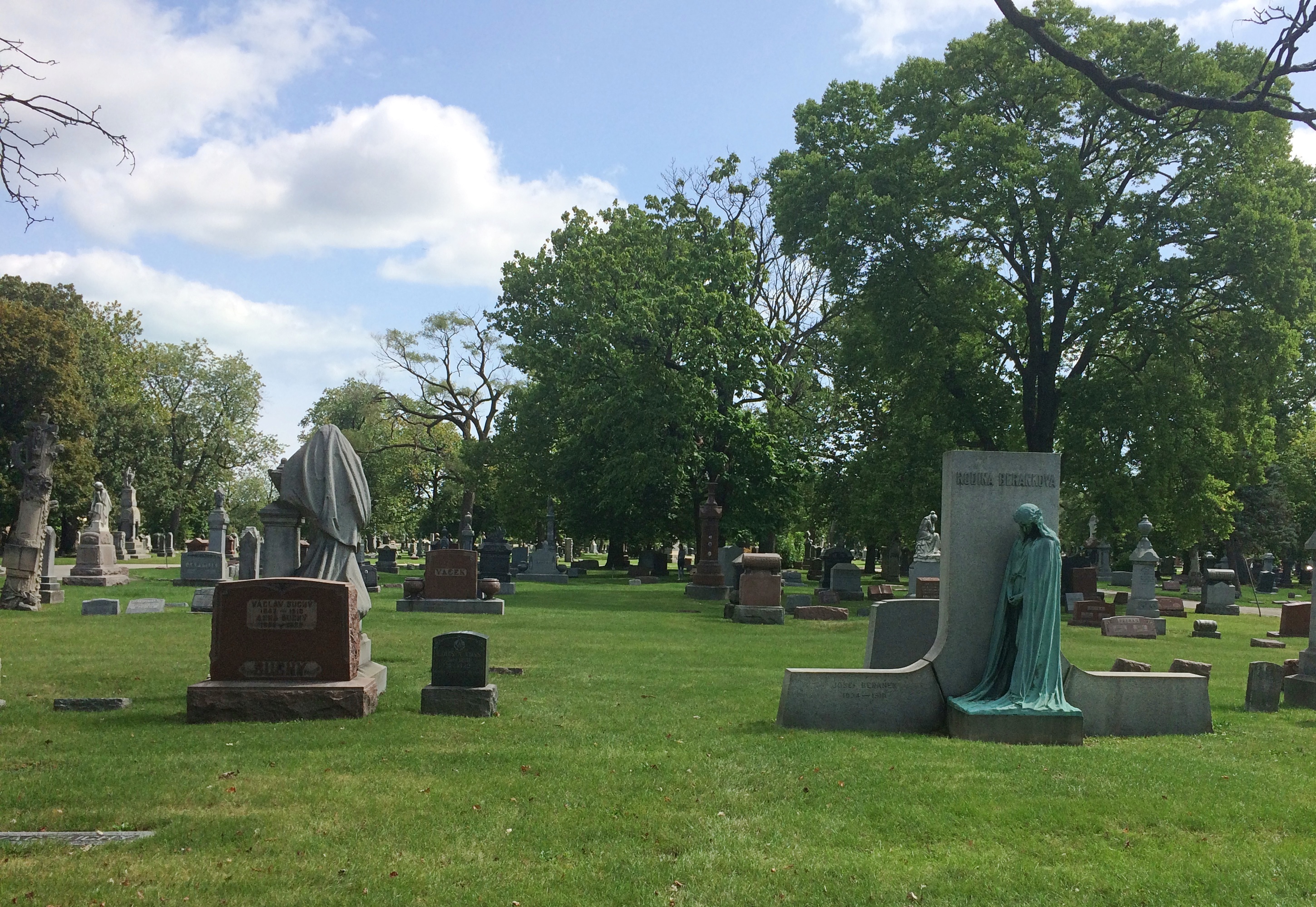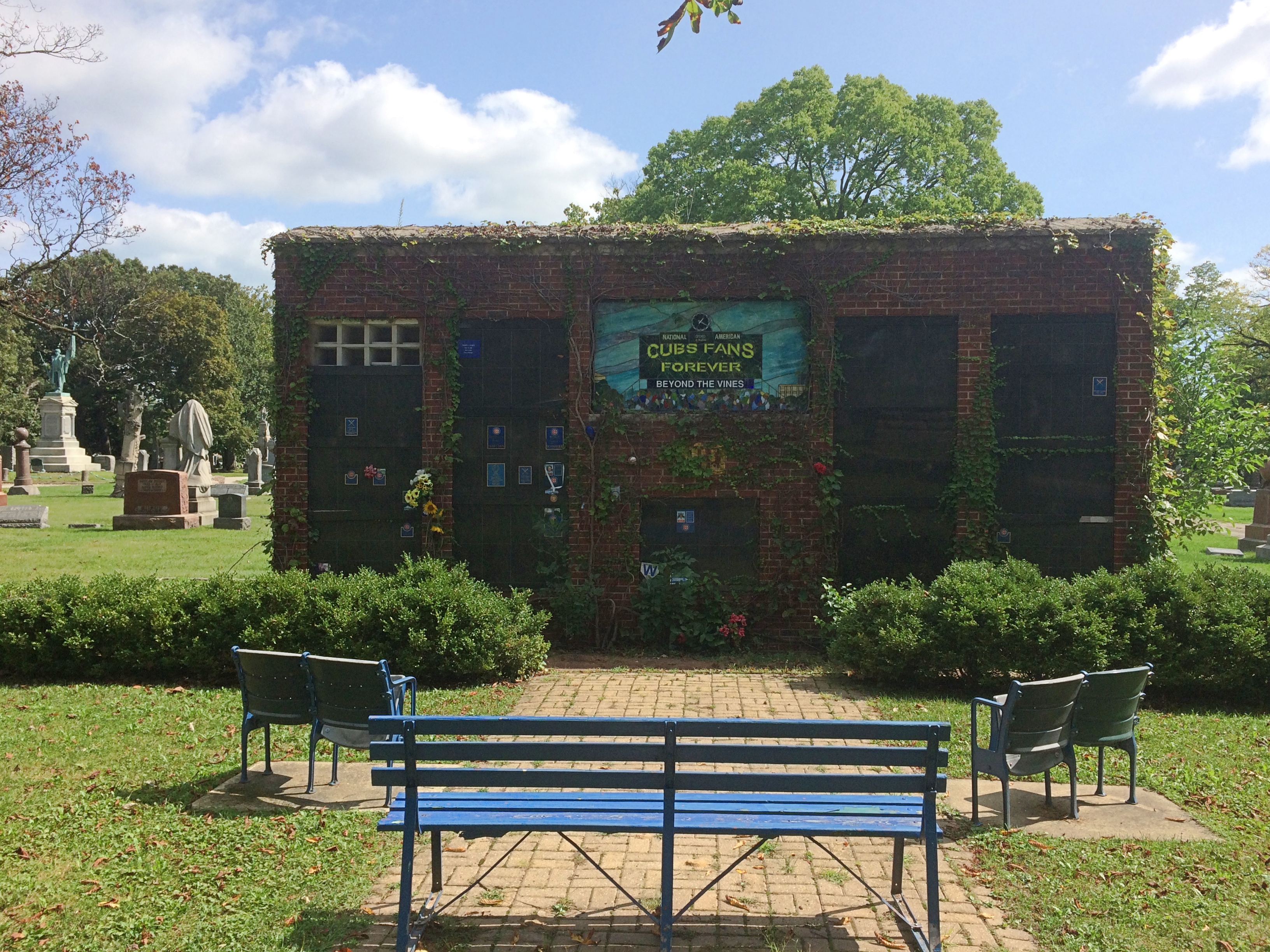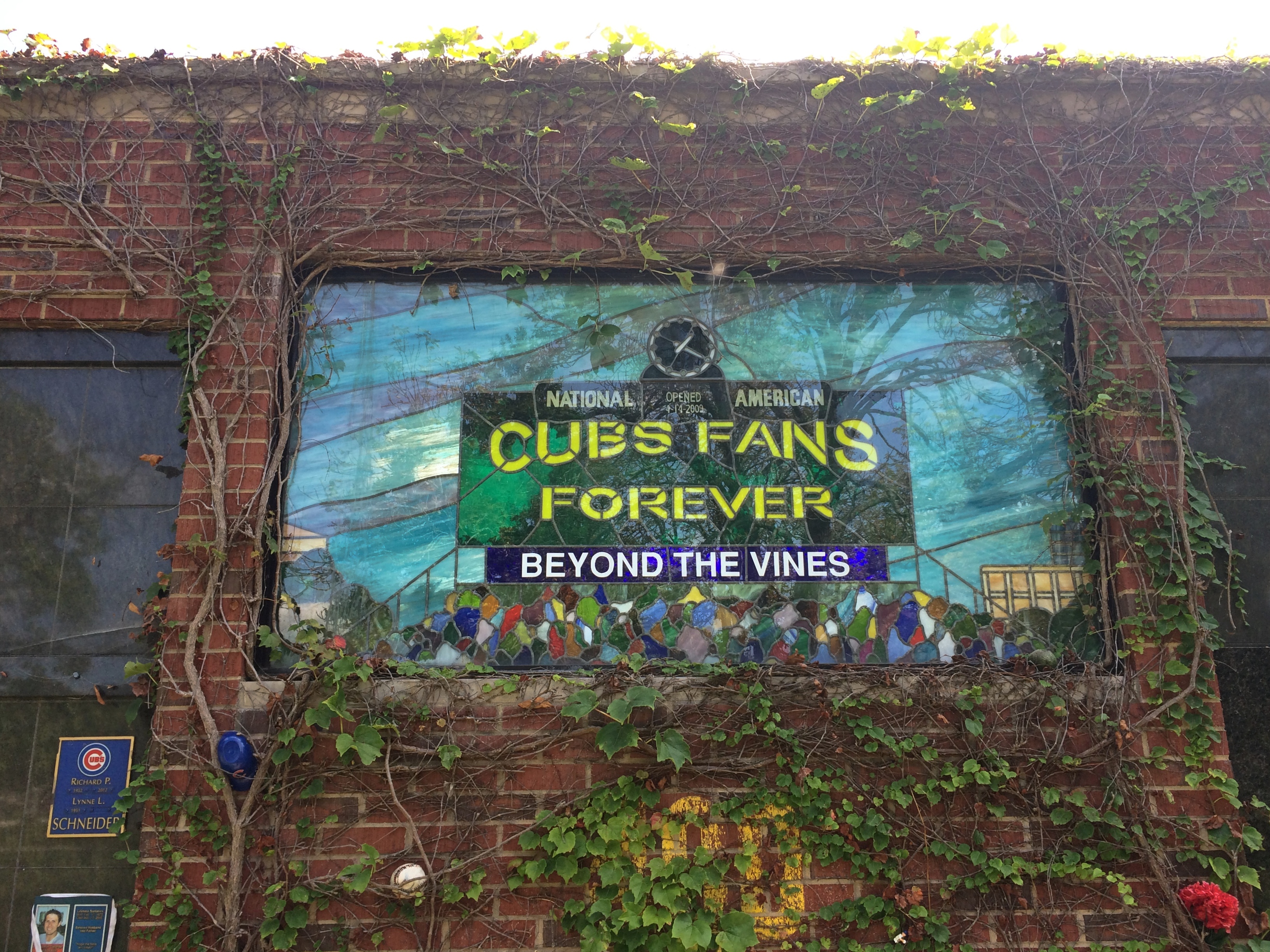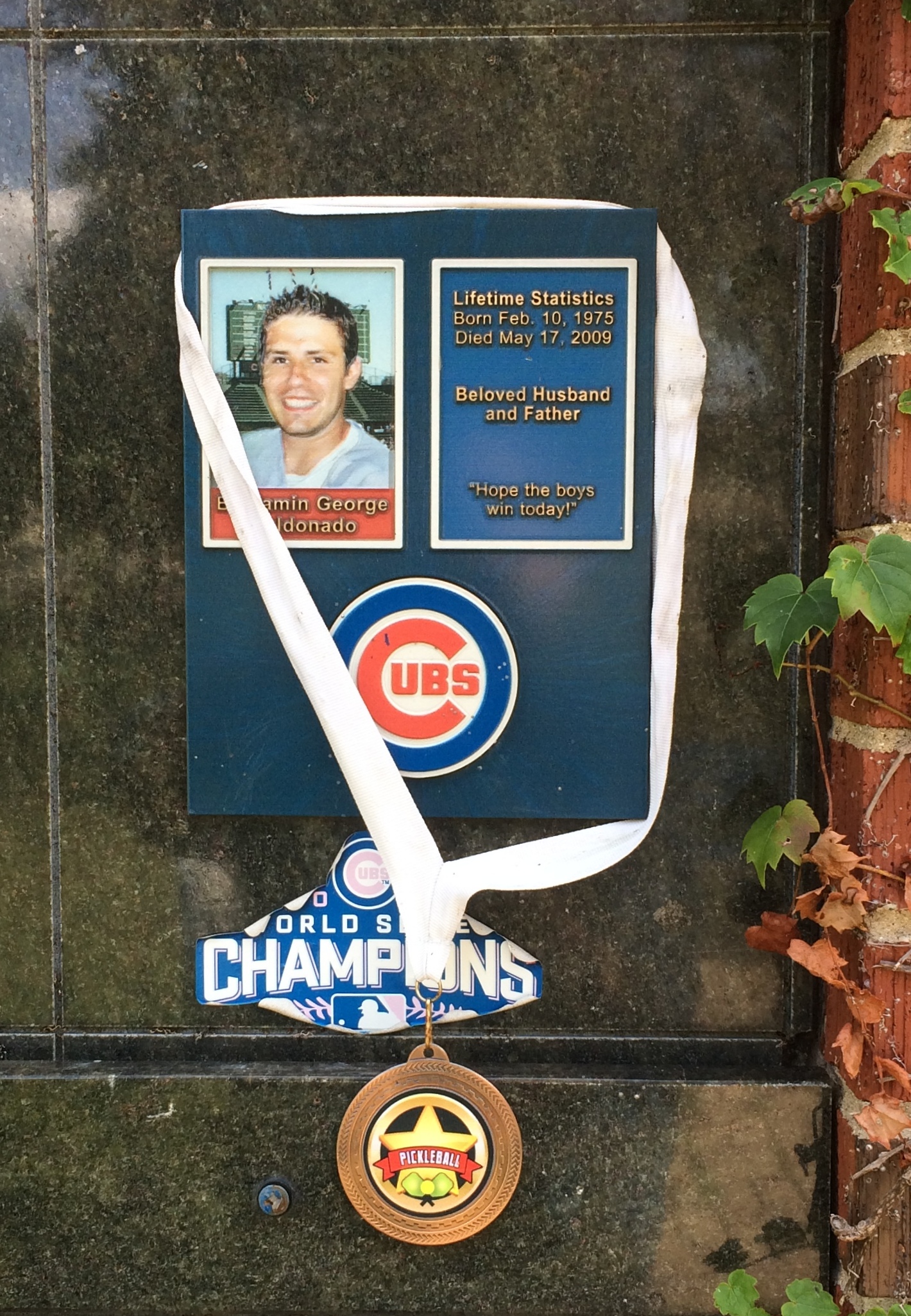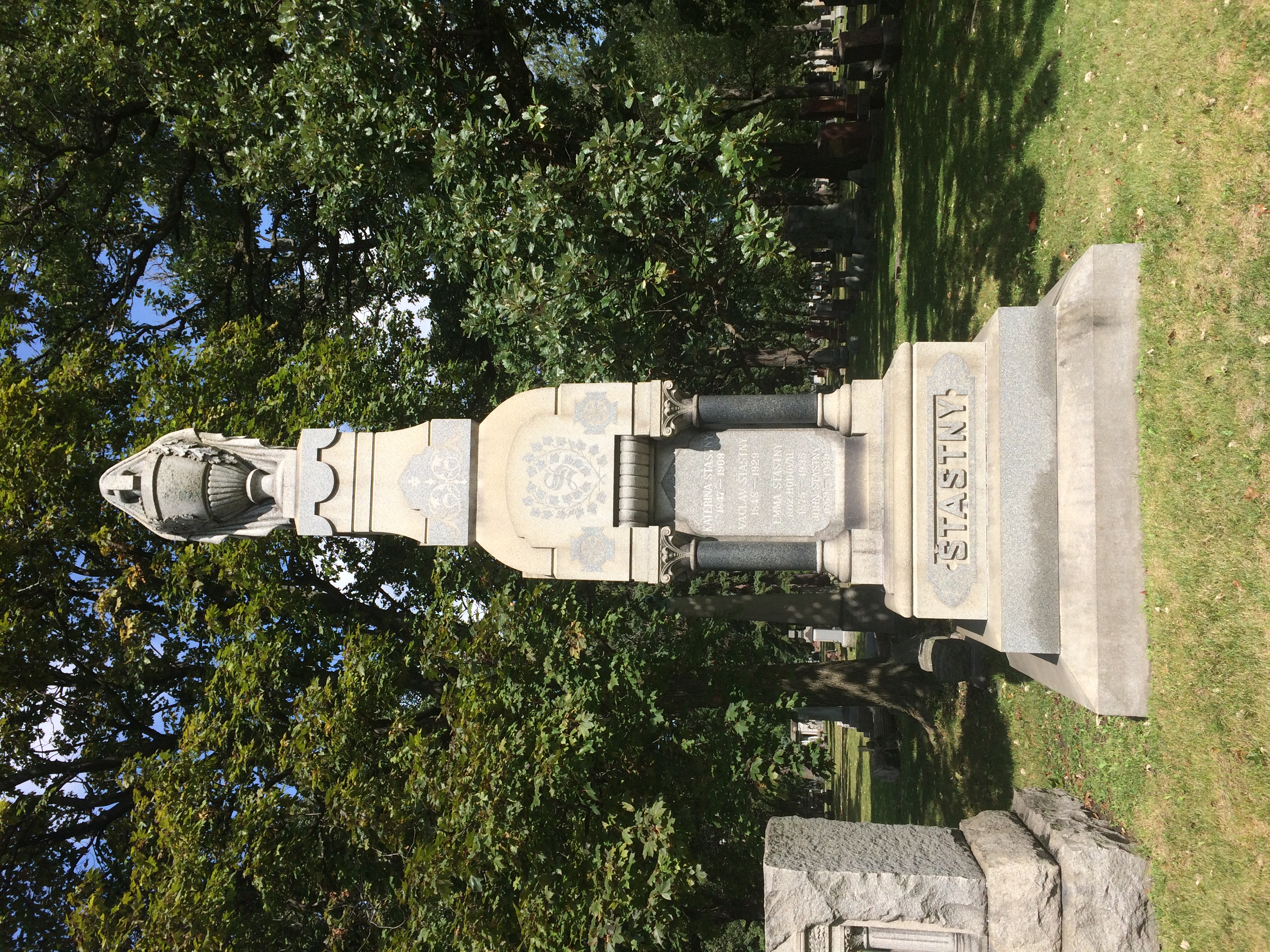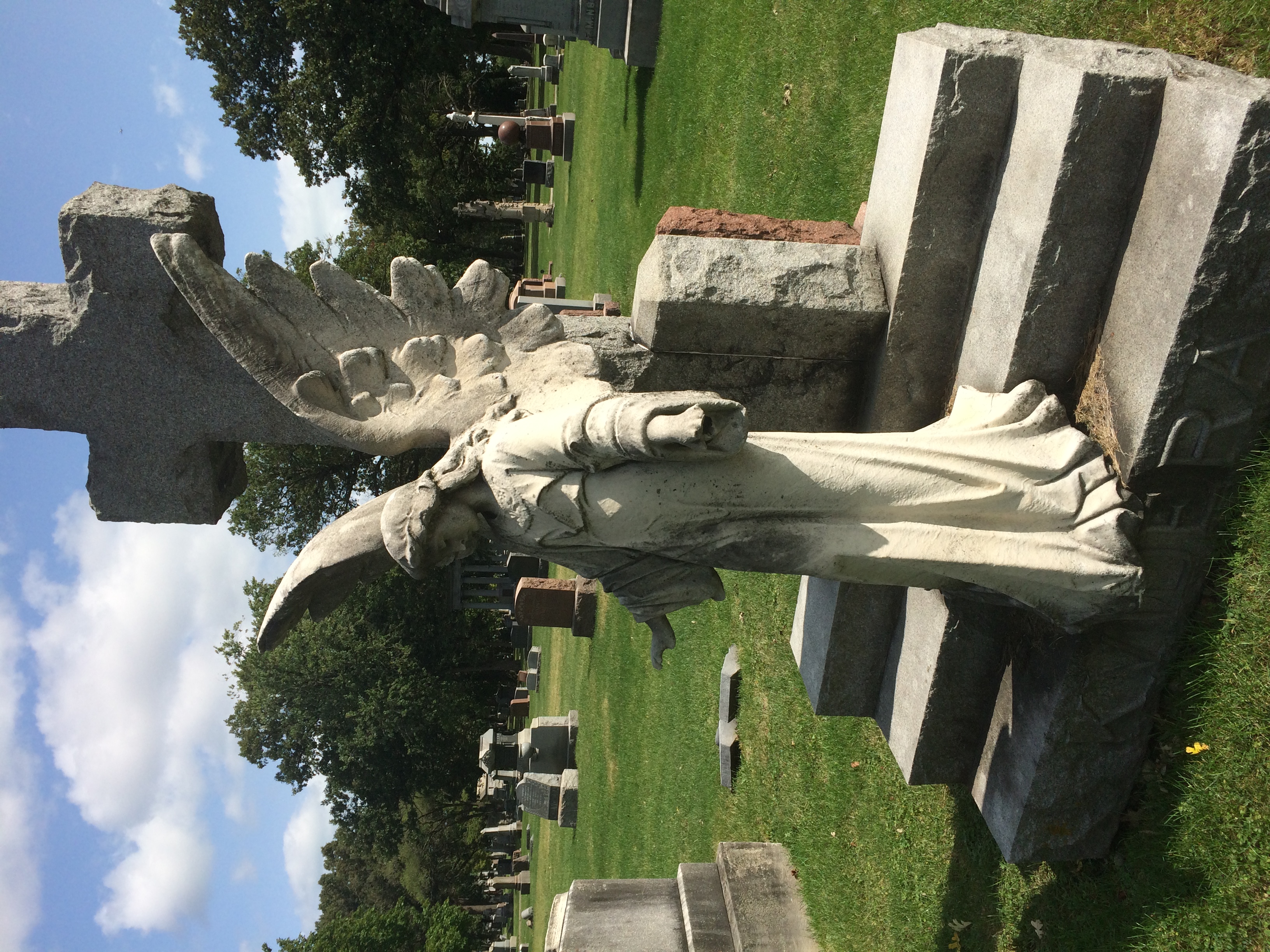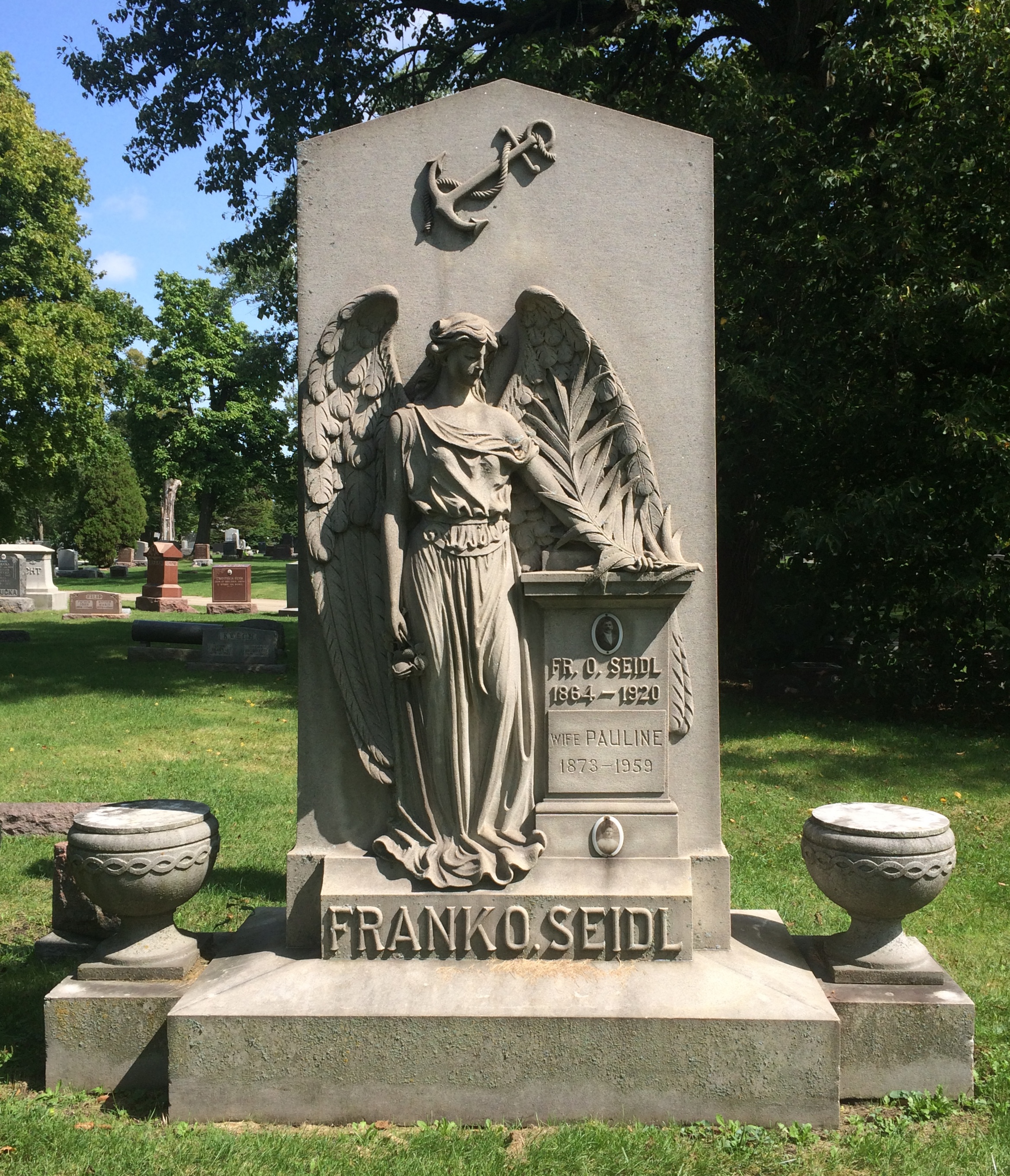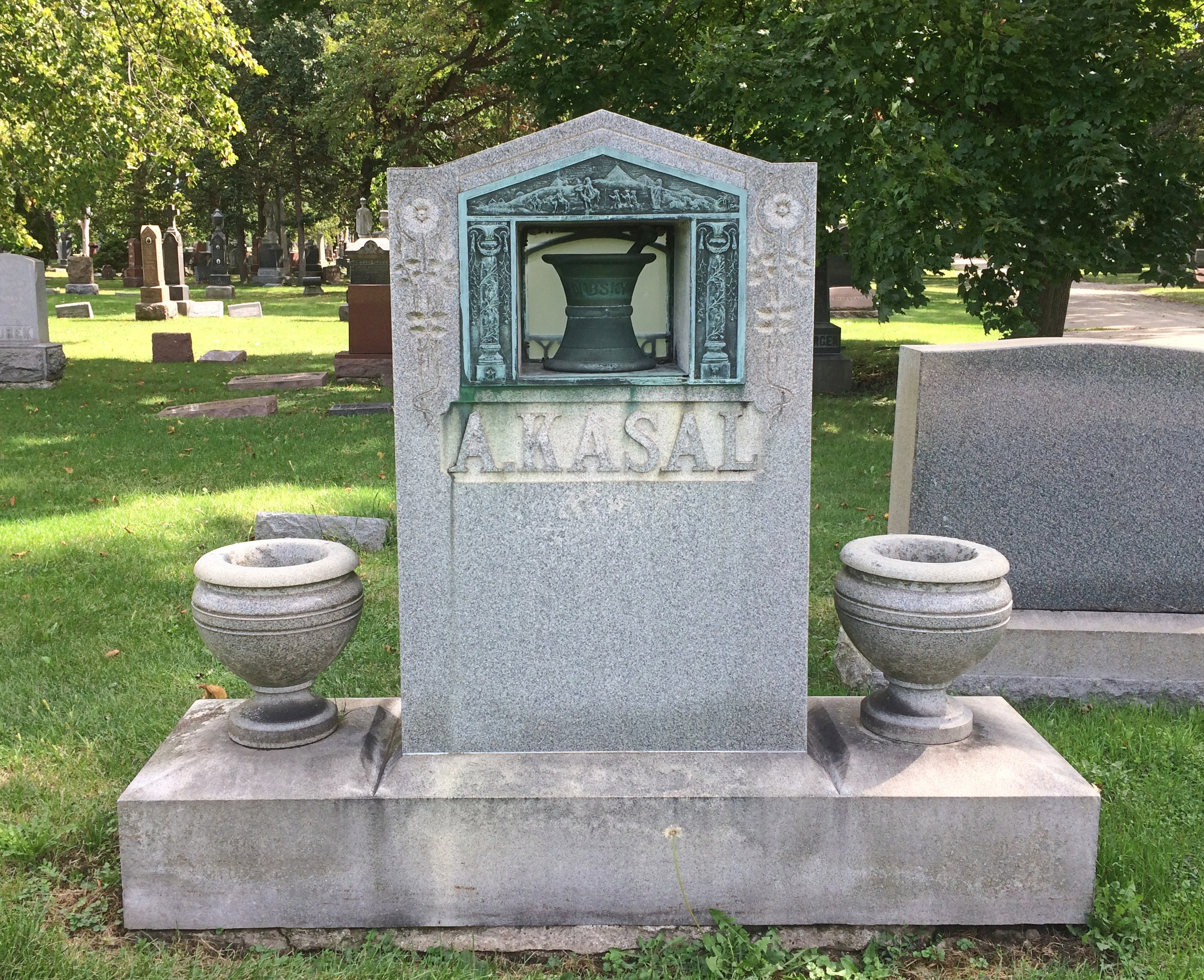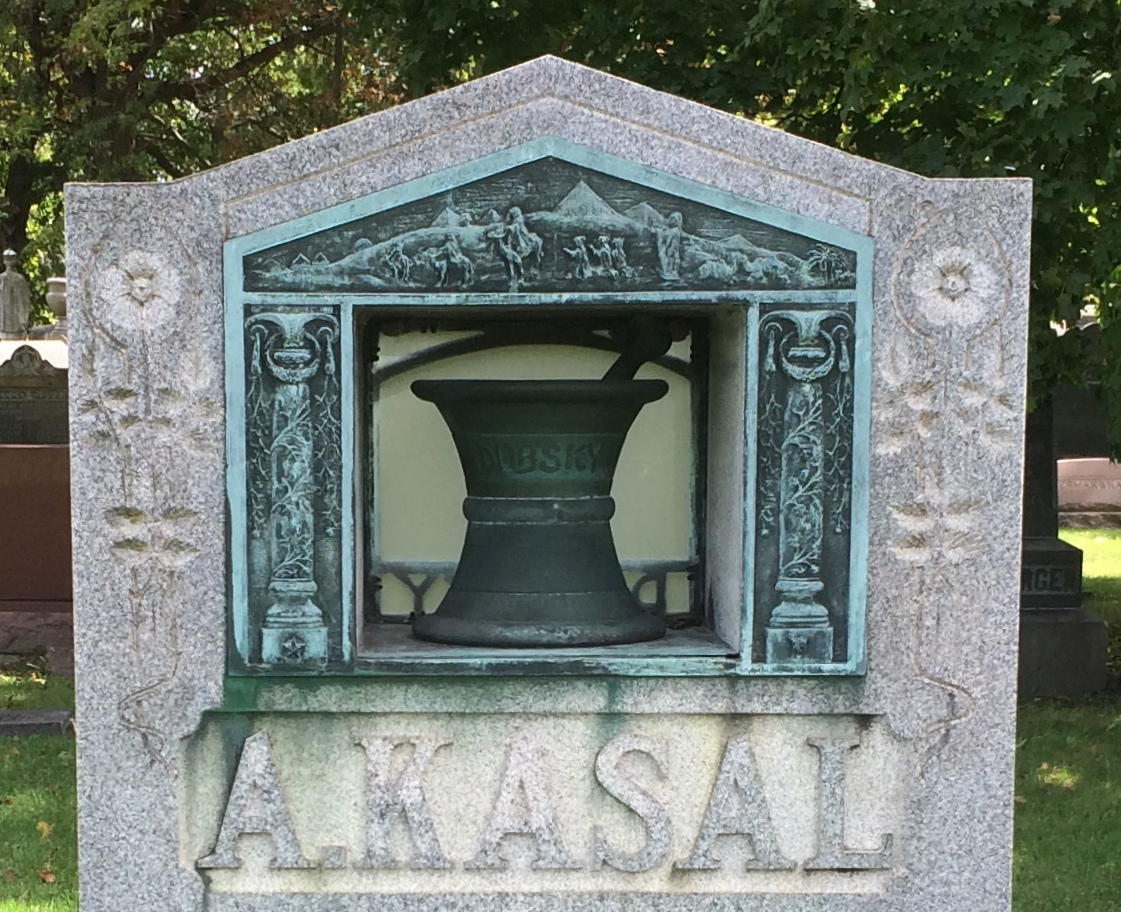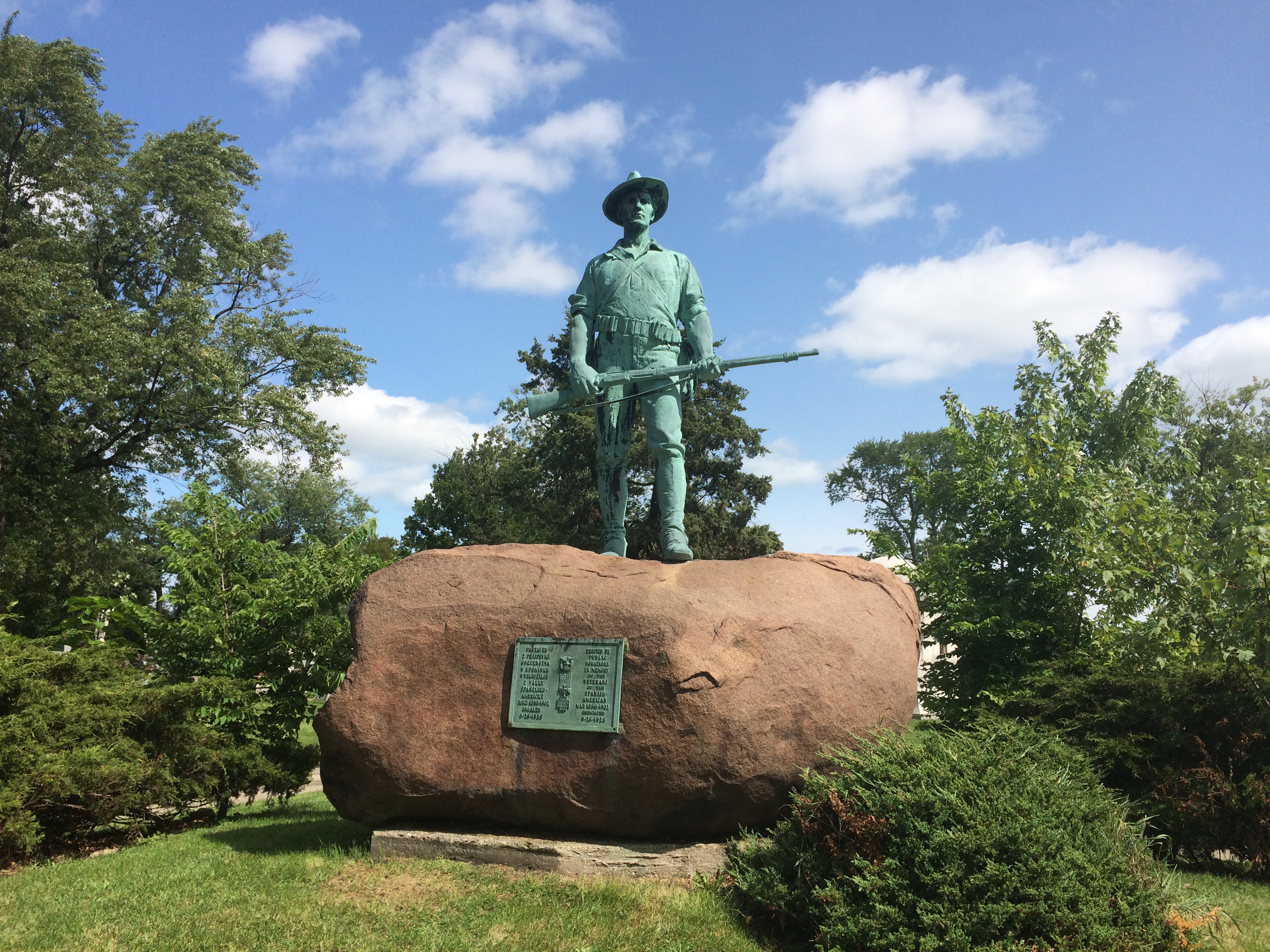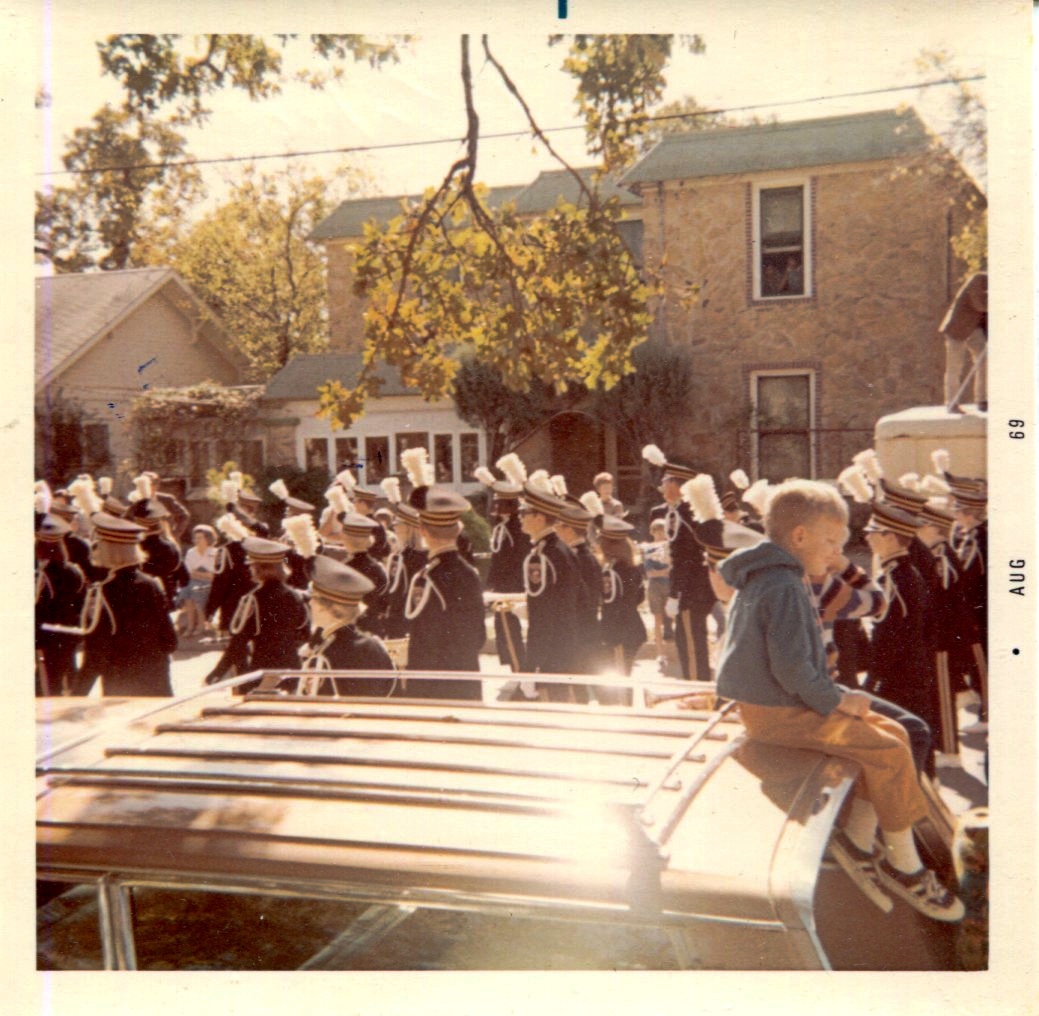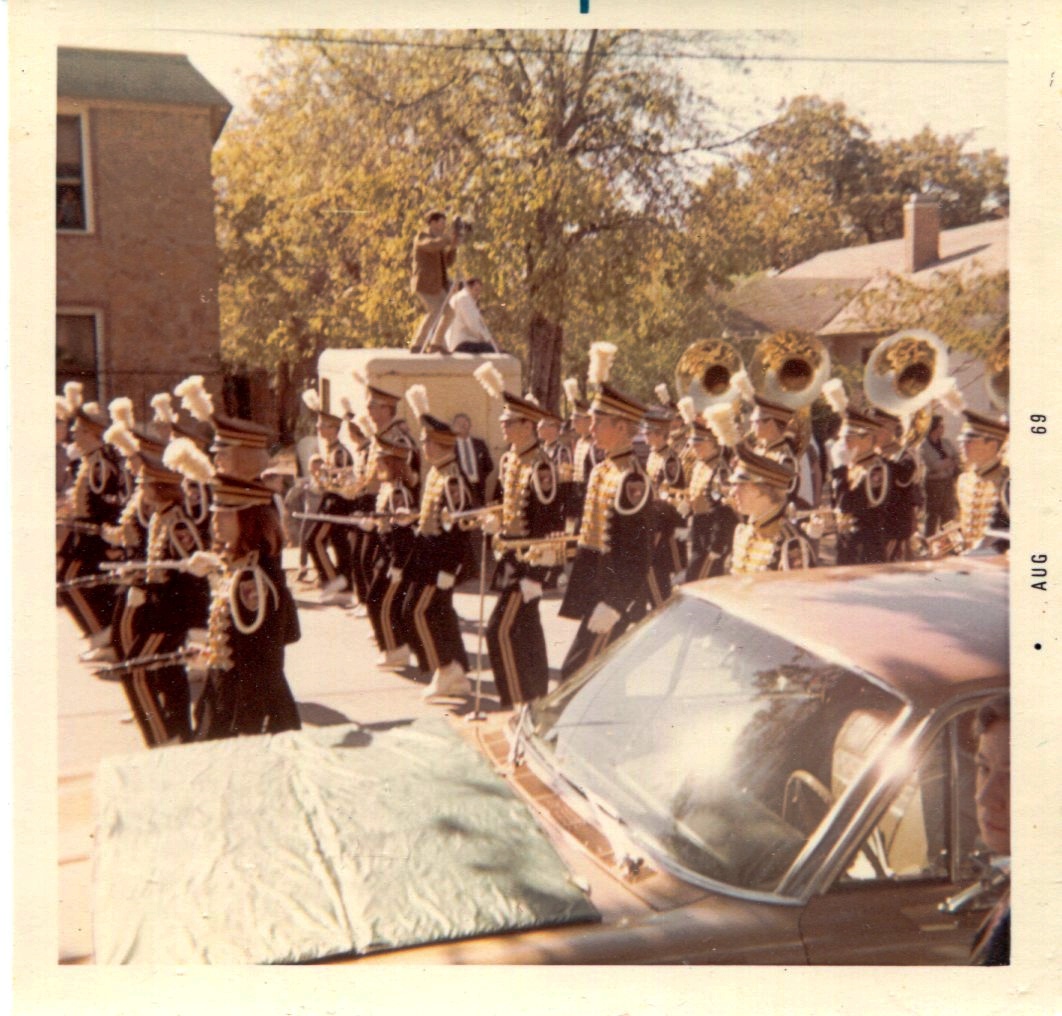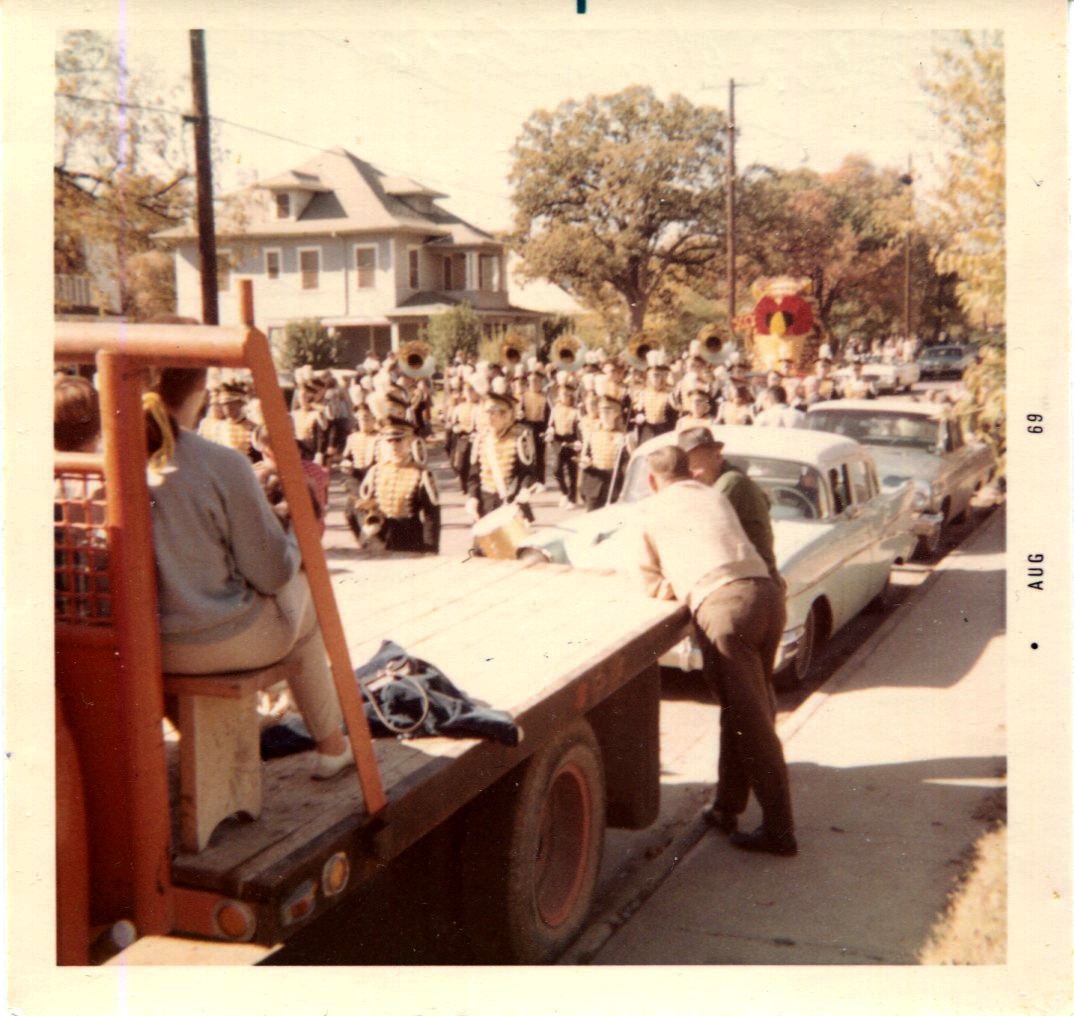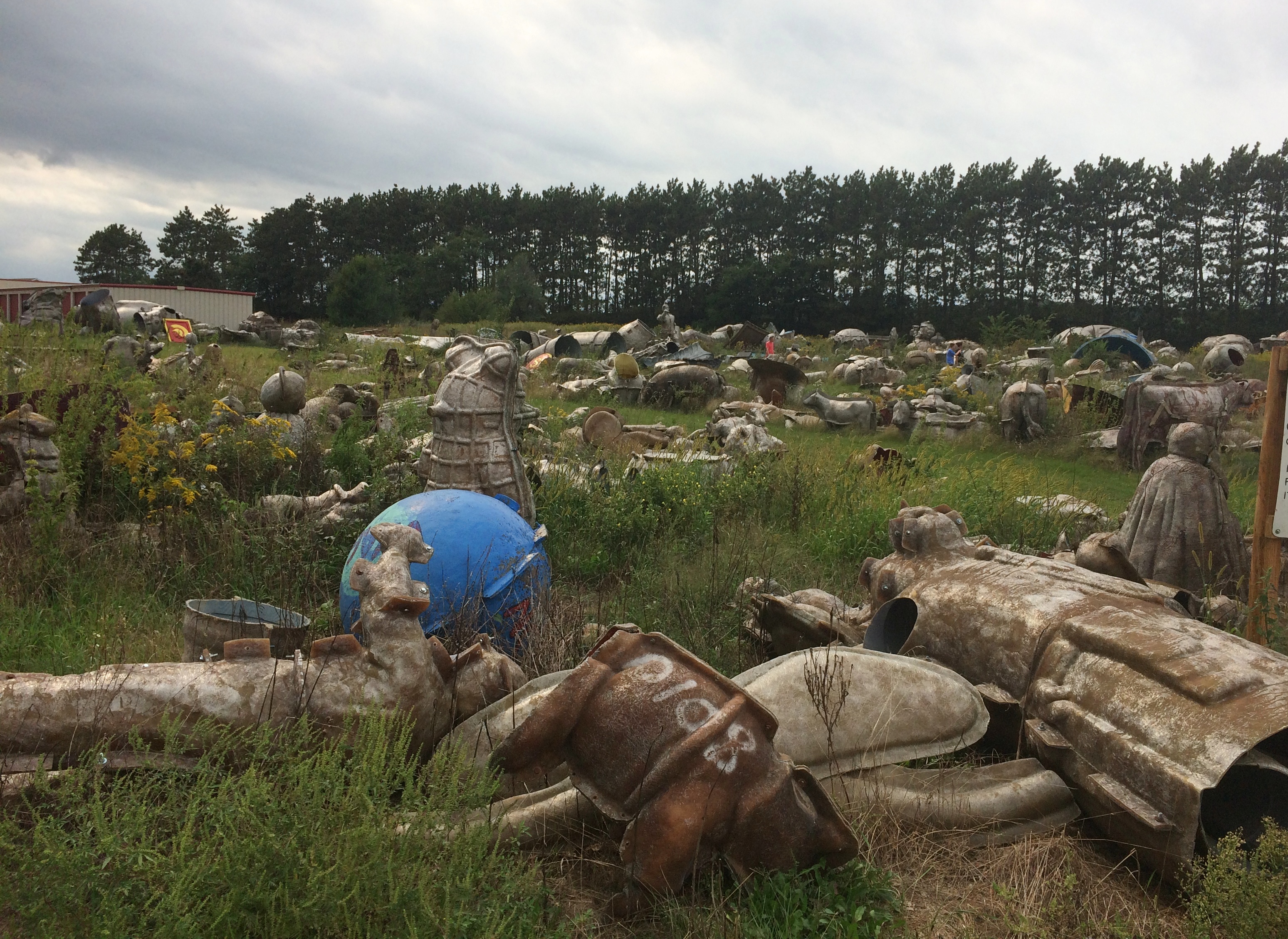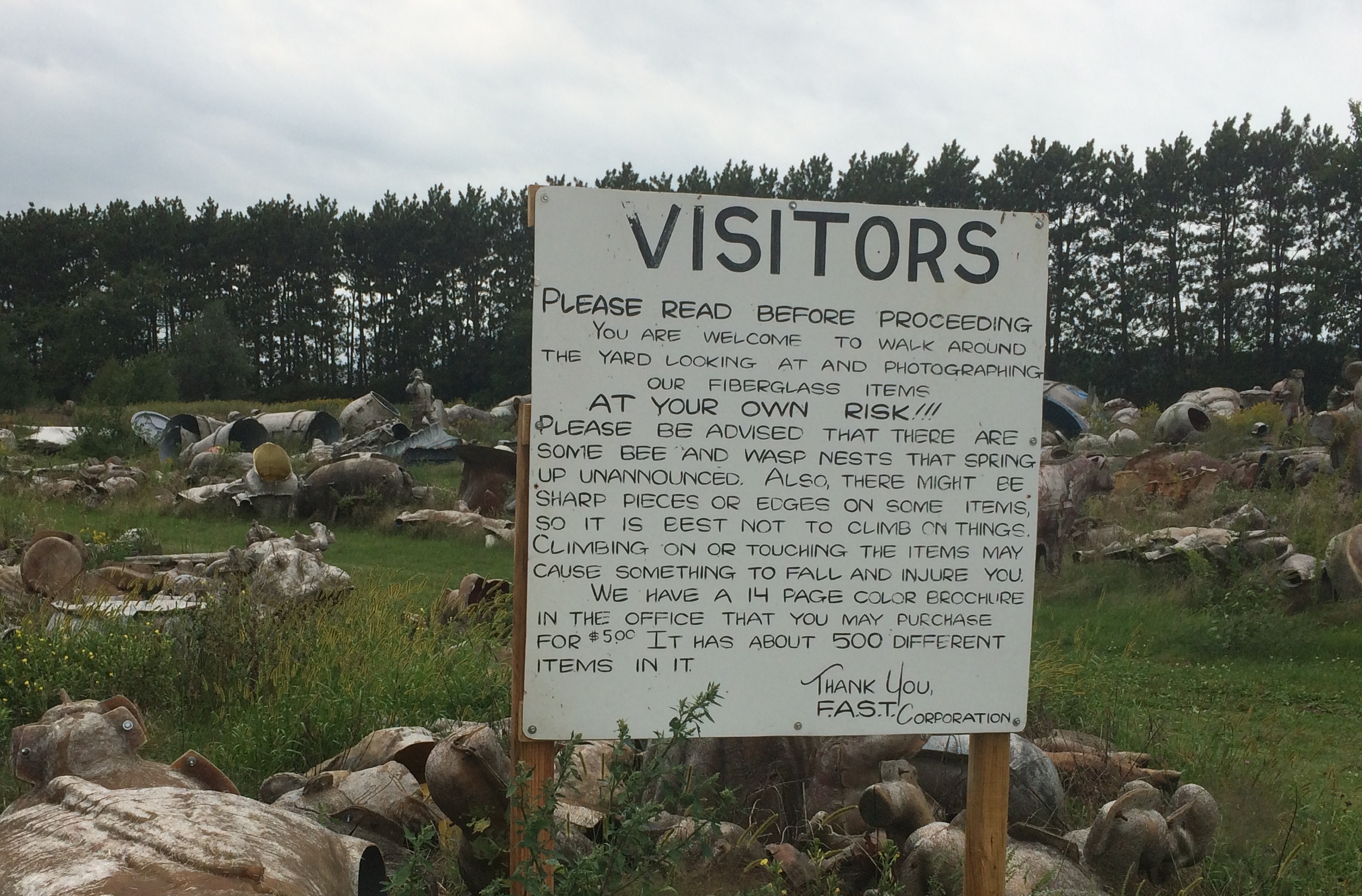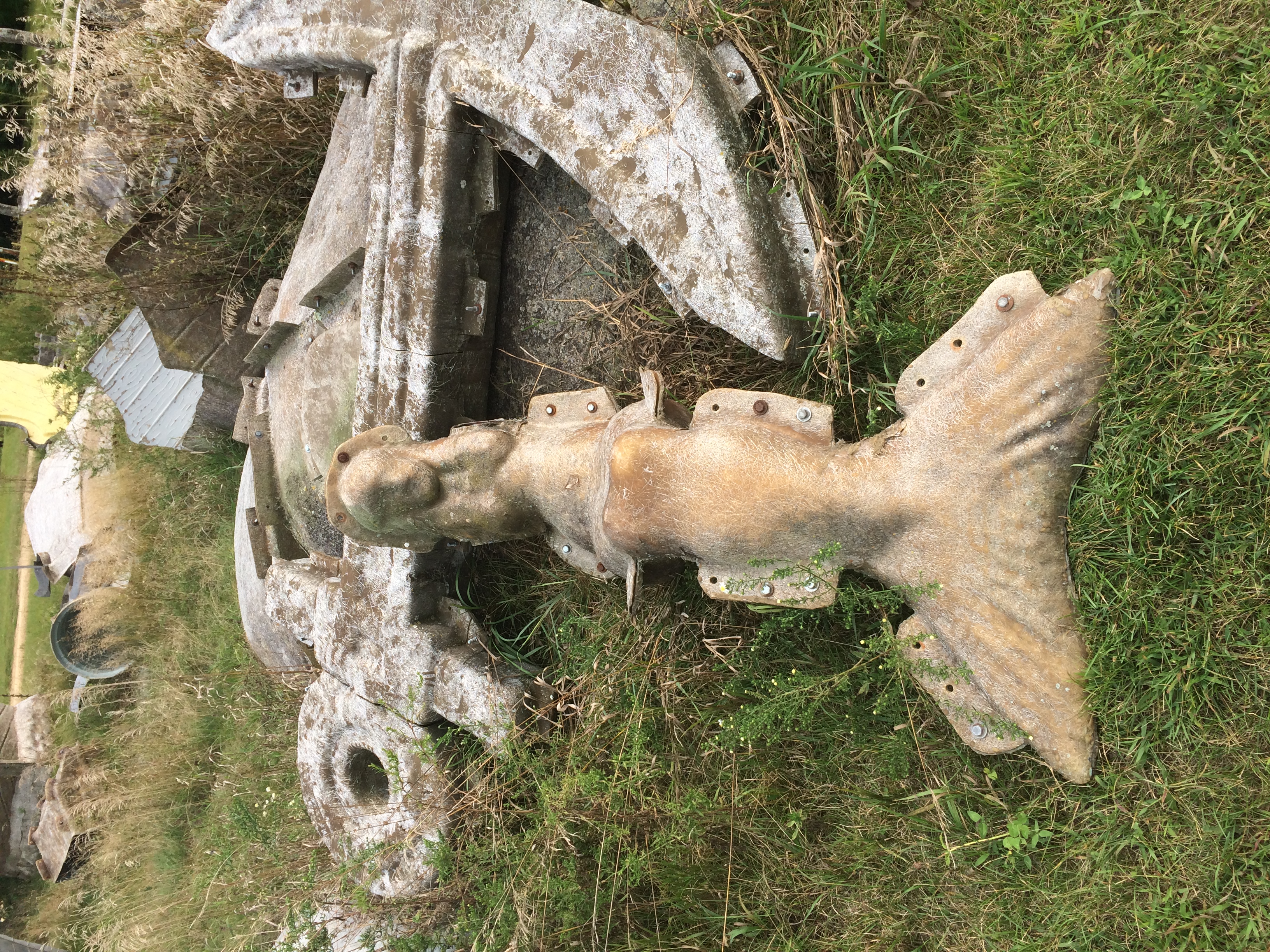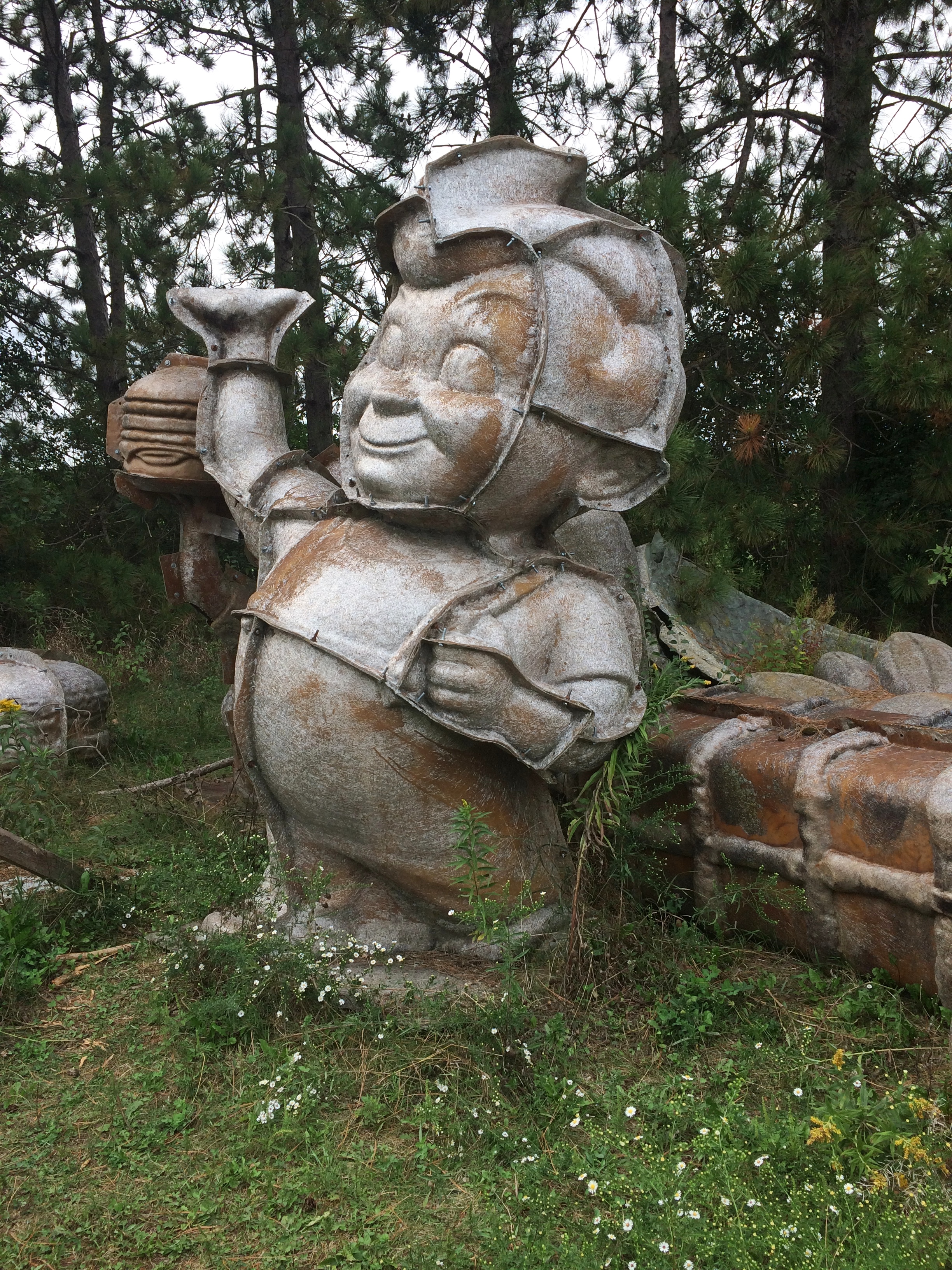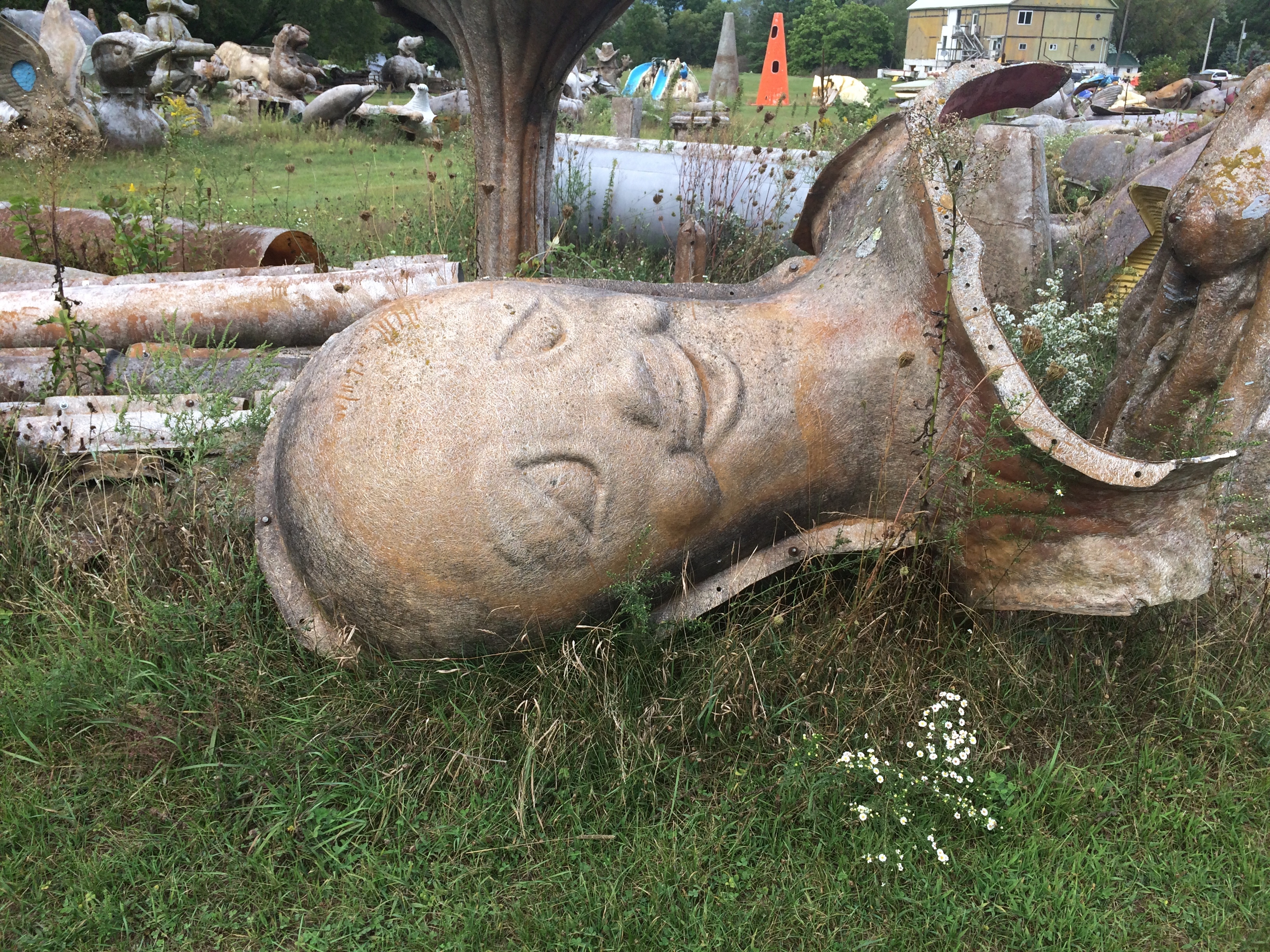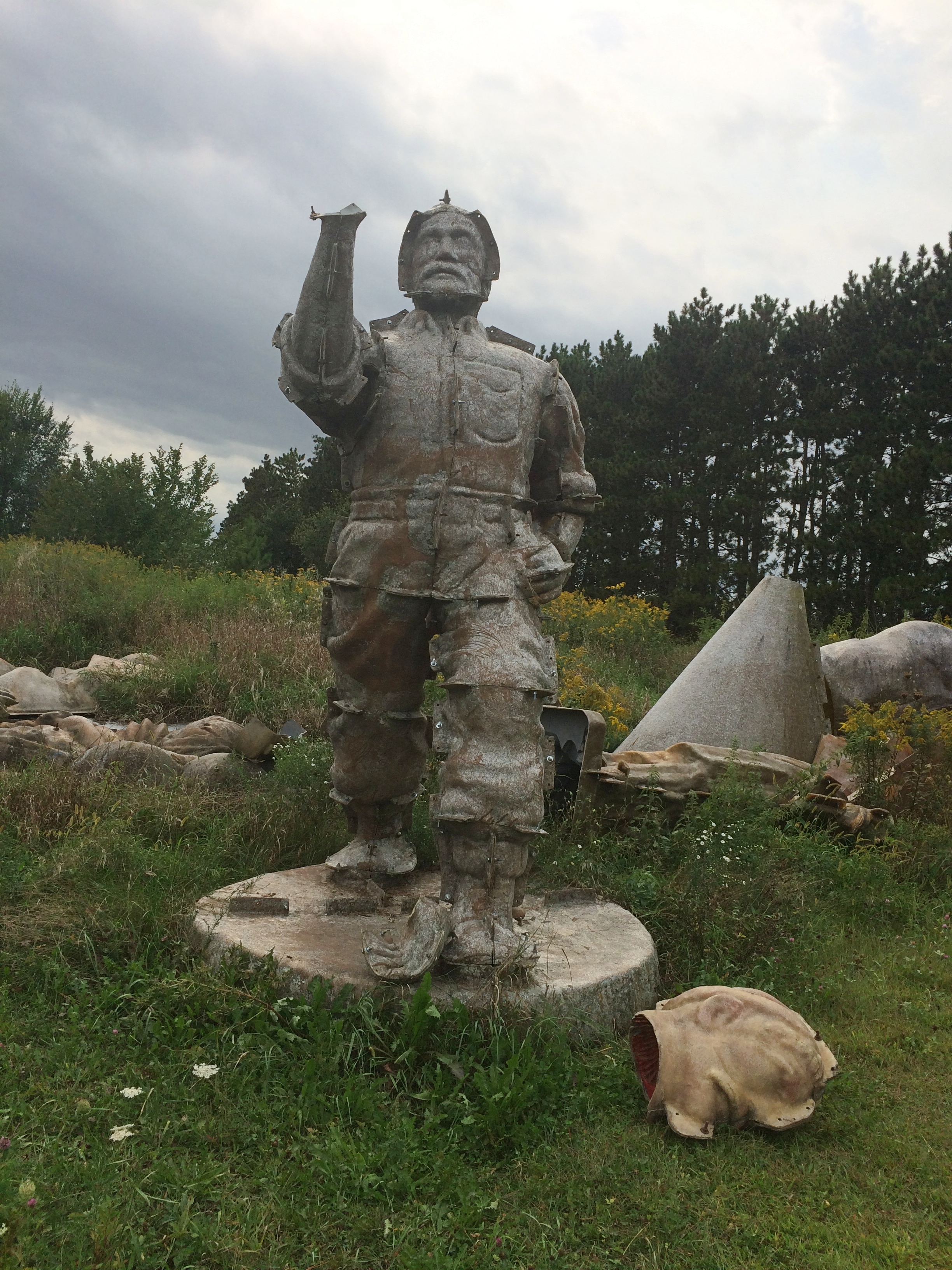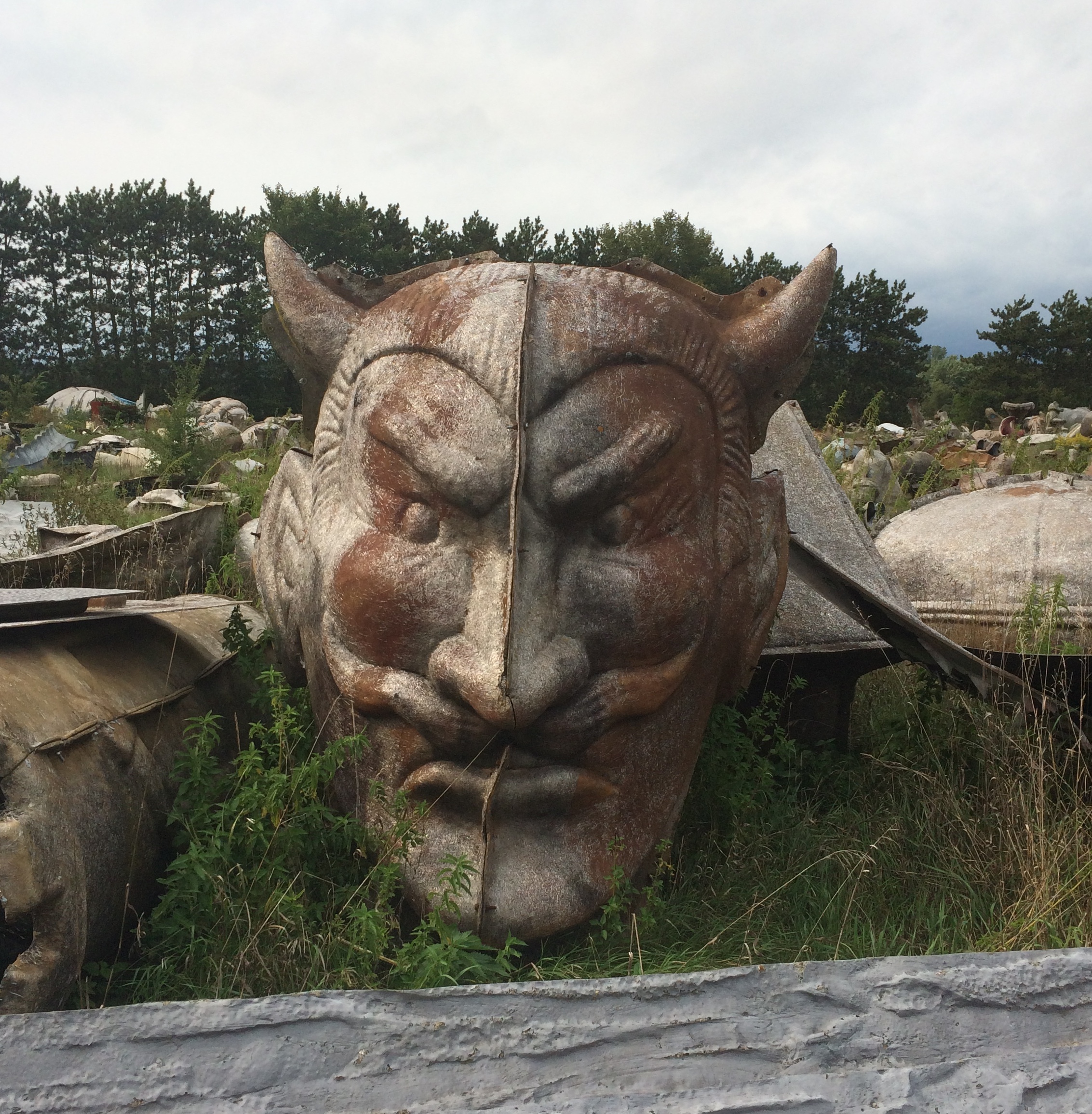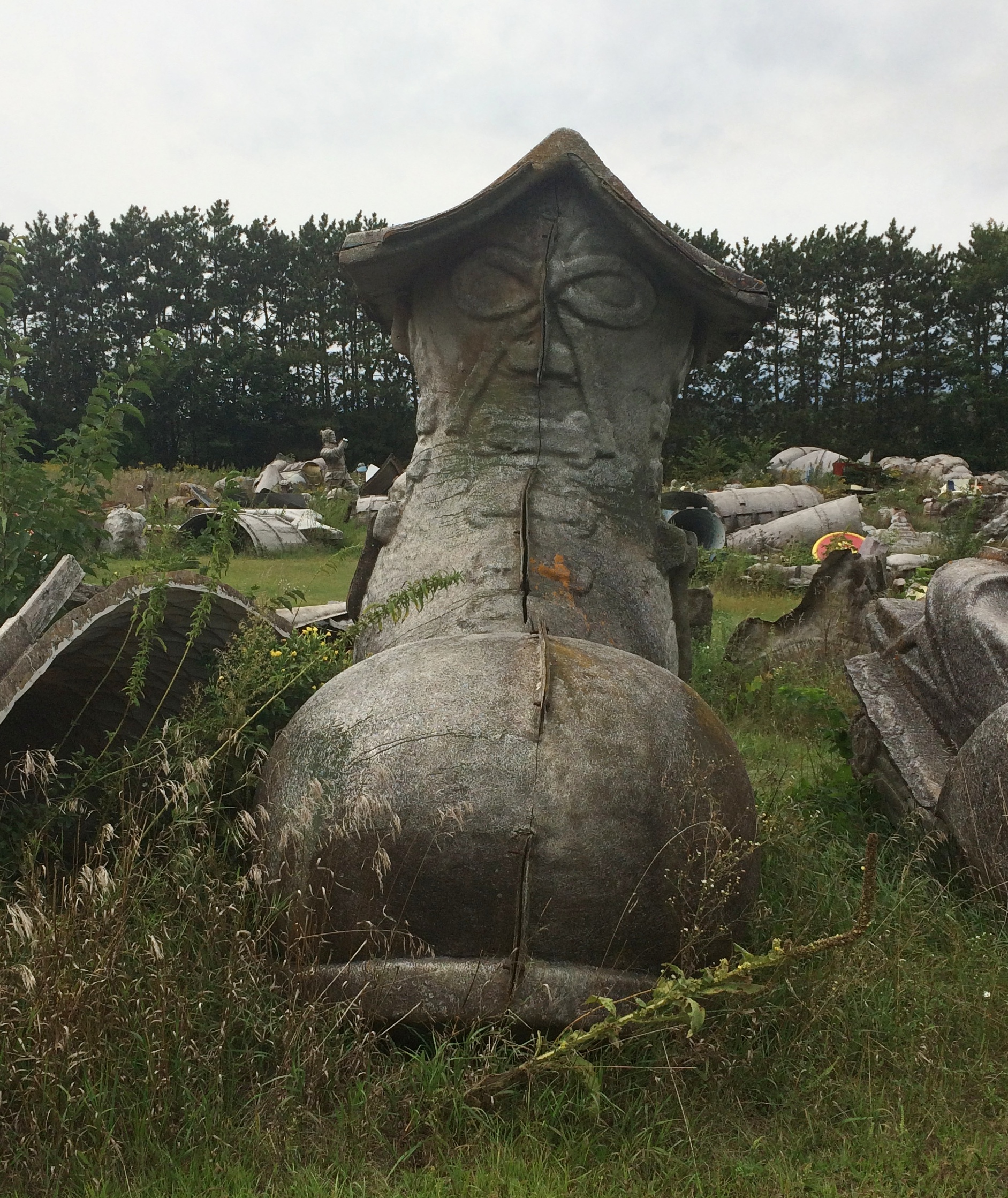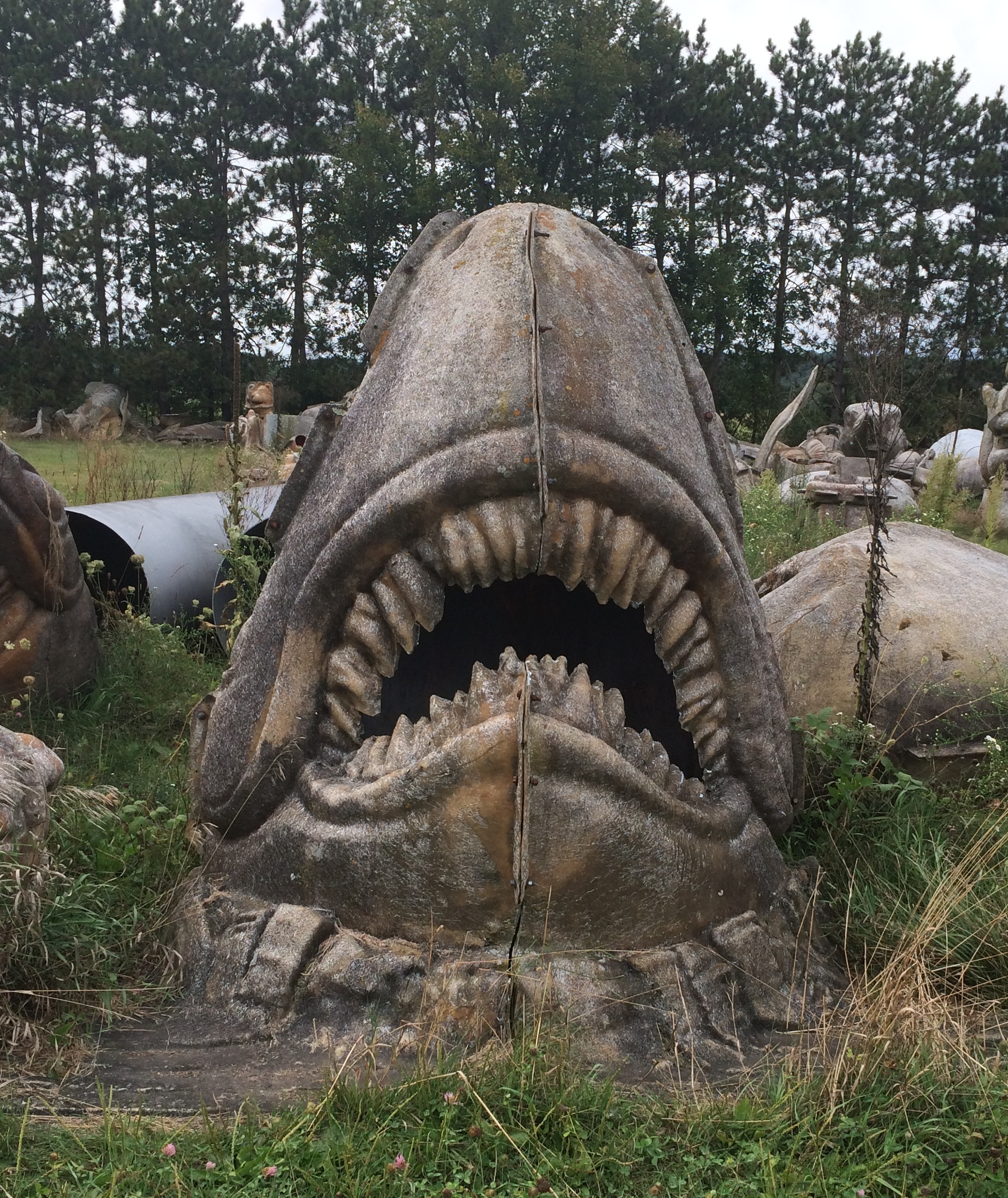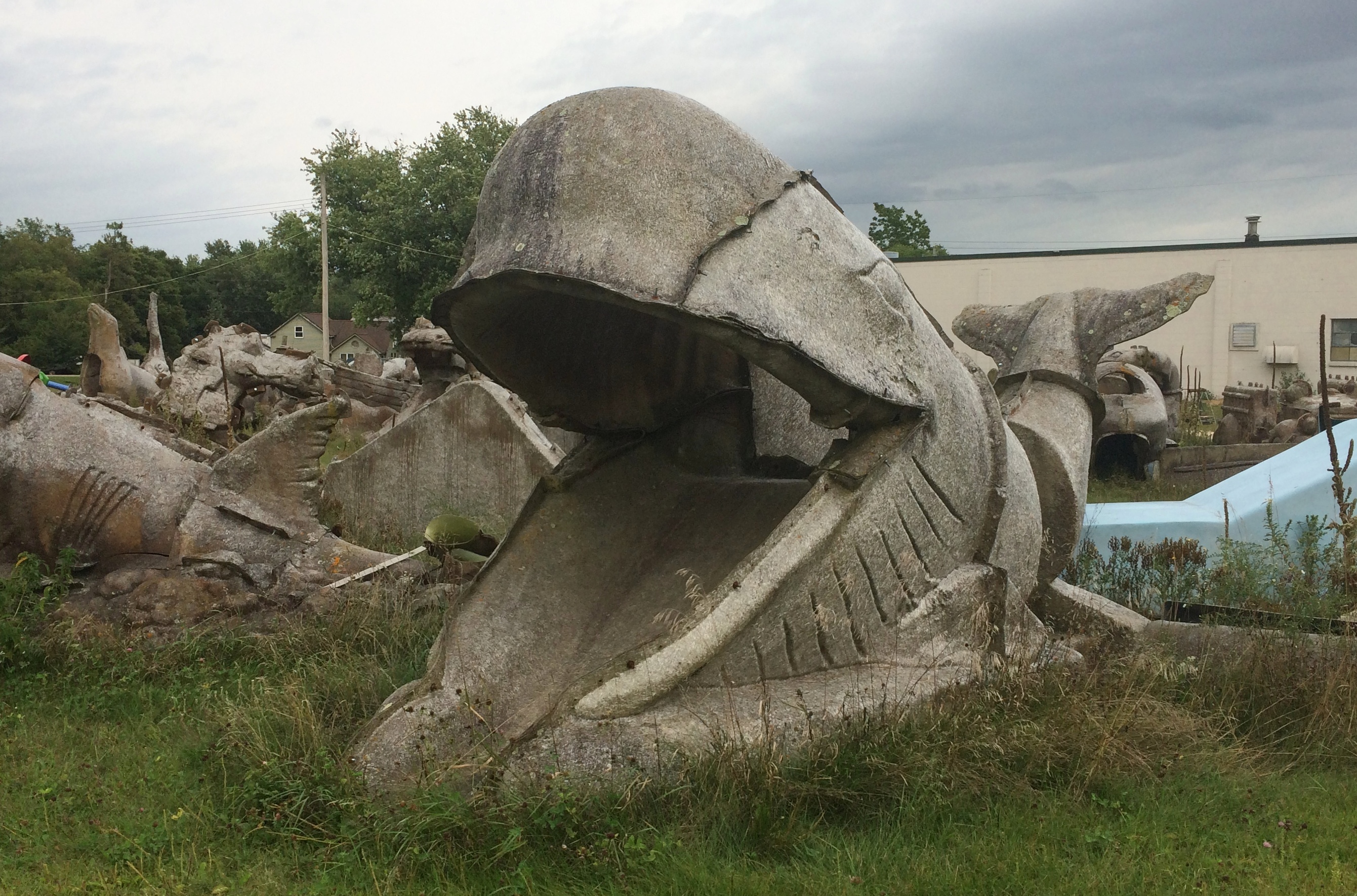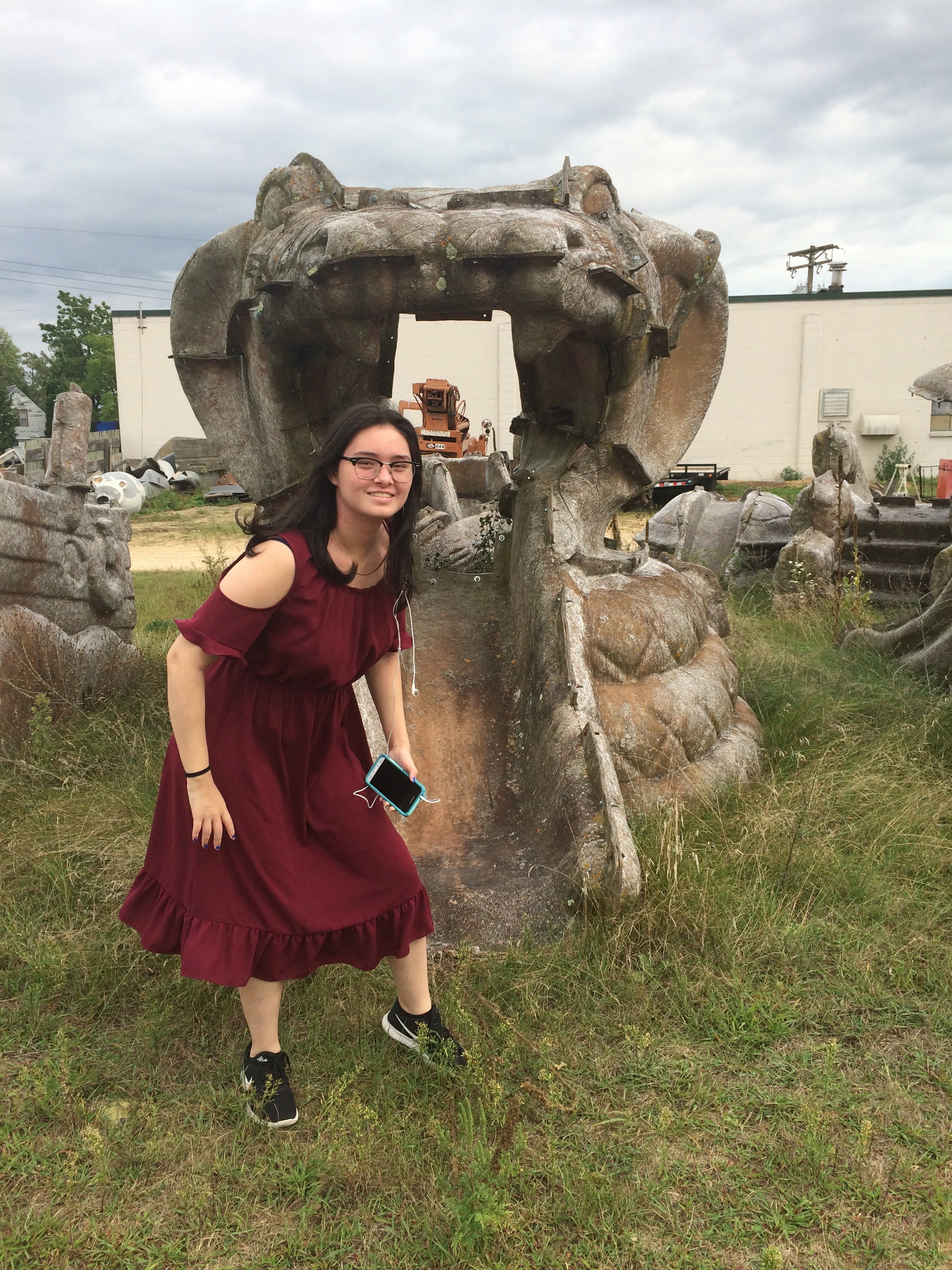This afternoon we took a walk near the Al Larson Prairie Center for the Arts, which as far as I know is still dark. We thus passed through a bit of open land here in the northwest suburbs on the last day of September 2020. 
 Another gazebo belonging to the Village of Schaumburg. Not too far from this one.
Another gazebo belonging to the Village of Schaumburg. Not too far from this one.
 Its circumference is about one-quarter open, but got me to thinking: does it really count as a gazebo? Shouldn’t gazebos be almost all enclosed, with only space for an entrance?
Its circumference is about one-quarter open, but got me to thinking: does it really count as a gazebo? Shouldn’t gazebos be almost all enclosed, with only space for an entrance?
A little research reveals two separate standards for gazebo enclosure. According to the International Gazebo Society (IGS), a gazebo has to be three-quarters enclosed. Académie international du belvédère (AIB), on the other hand, specifies seven-eights.
The divergence has a long history. The IGS, founded in London in 1787 but now headquartered in Scottsdale, Arizona, first specified gazebo standards the year after its founding. That definition traveled to other parts of the British Empire over the next decades, though it wasn’t formally adopted in the United States until the Fifth International Gazebo Conference in 1884, which was held in Washington D.C. at about the same time as the International Meridian Conference.
Meanwhile, in a fit of revolutionary zeal, the French took a different tack. In 1796, the Directorate promulgated gazebo standards for the First Republic that were the antecedents of the AIB’s standards. Bonaparte annulled those standards, but they were restored by Louis Philippe, who had a personal interest in modern gazebo theory. The AIB, headquartered in Paris, came into being later in the 19th century, and has governed gazebo standards in France and the Francophone world since then.
So most of the world follows either IGS or AIB. For a time in Maoist China, both standards were rejected as relics of European imperialism, a stance echoed today by the more woke members of the gazebo community. “Let a hundred gazebos bloom” was the Chinese slogan, beginning in about 1956, and structures built from then to 1976 are colloquially known as Maozebos.
They tended to be flimsy, and most have since fallen down or have been razed, though a good example is still standing in Shaoshan village, Hunan. The Gang of Four were thought to have even more radical ideas about gazebos, but with their defeat, China gradually returned to the IGS standard (interestingly, Taiwan adheres to the AIB standard, reportedly because Madame Chiang believed them more elegant). Indeed, China is now exporting gazebos more than any country, especially to Africa.
* Completely made up.

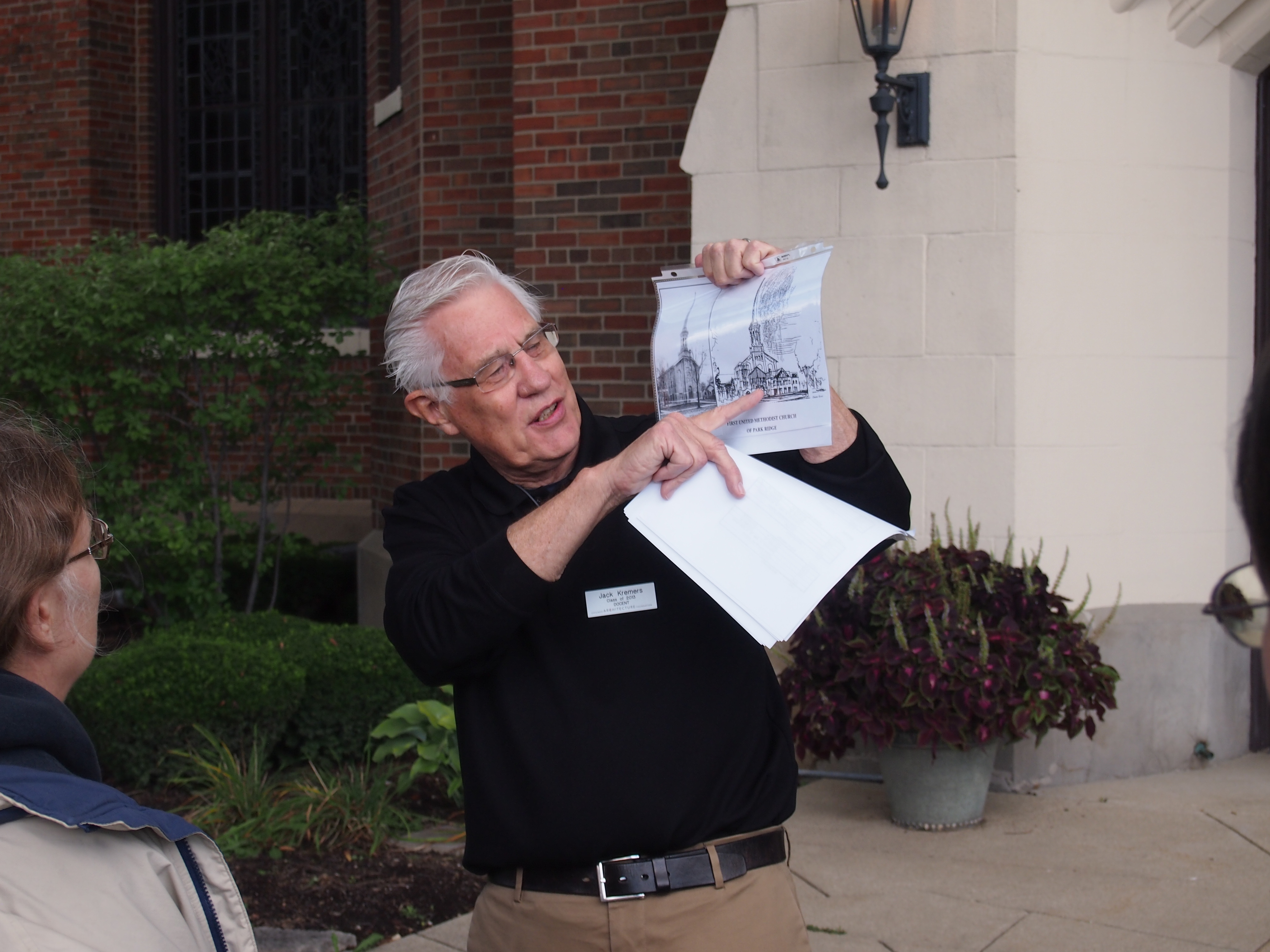

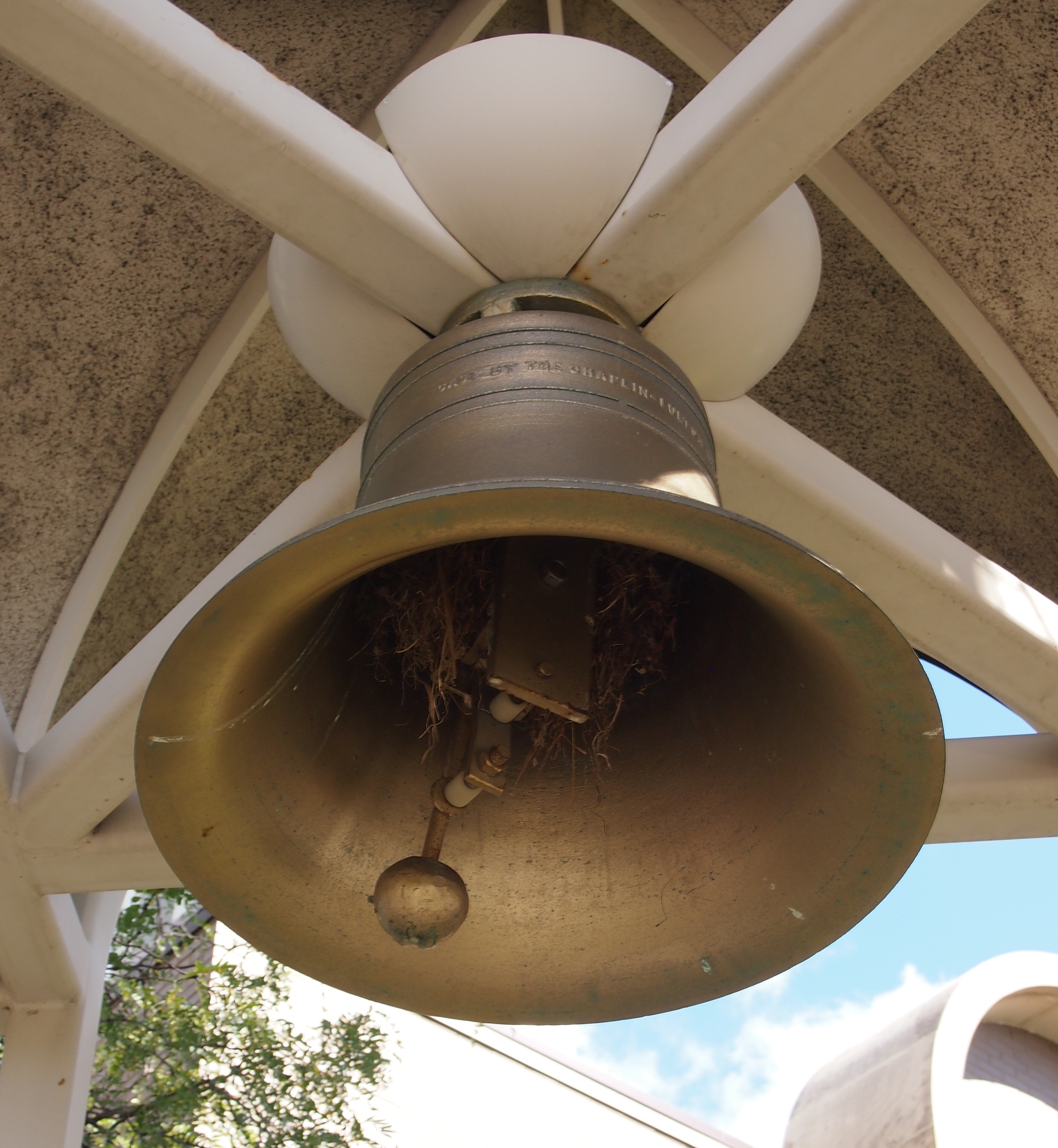
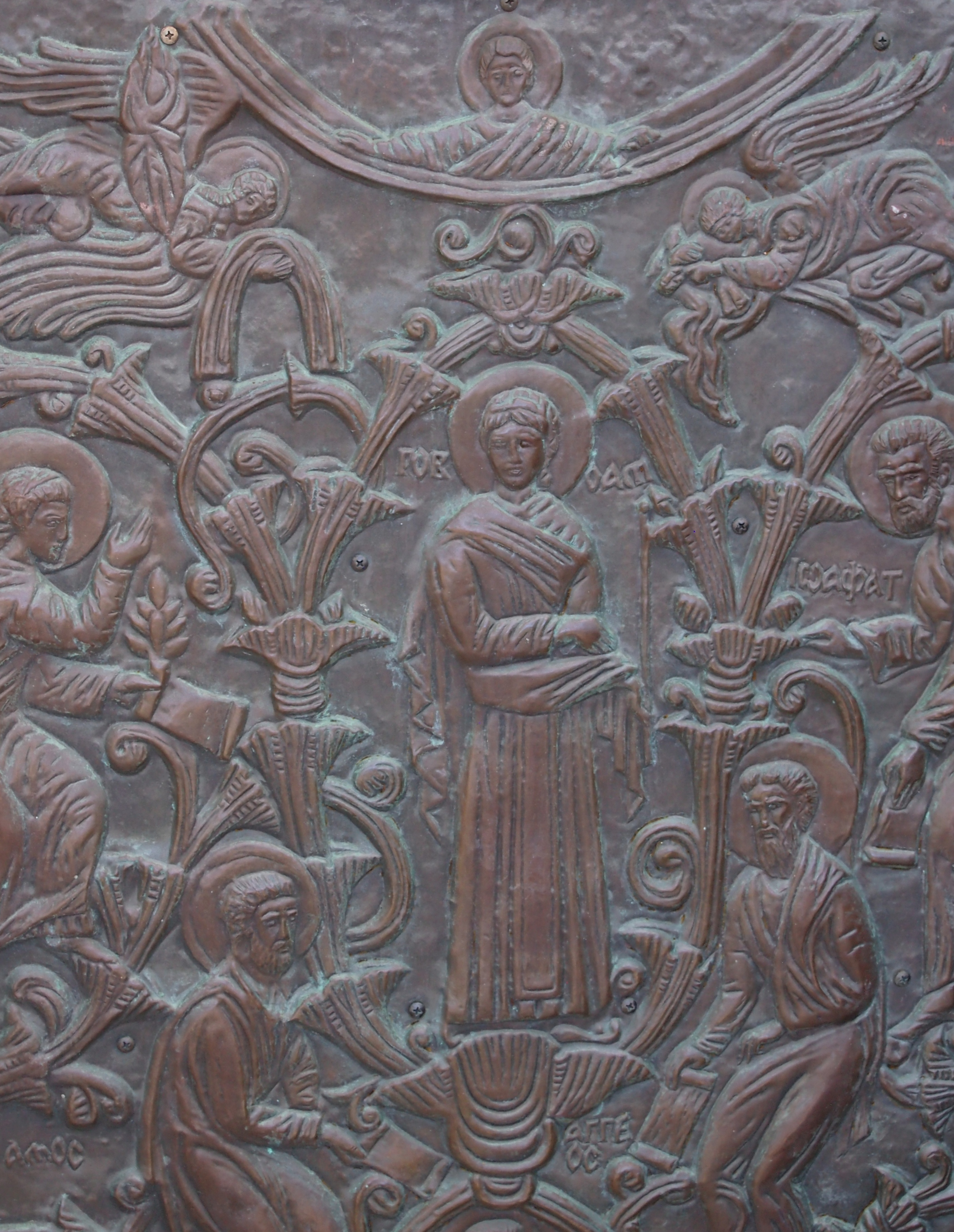
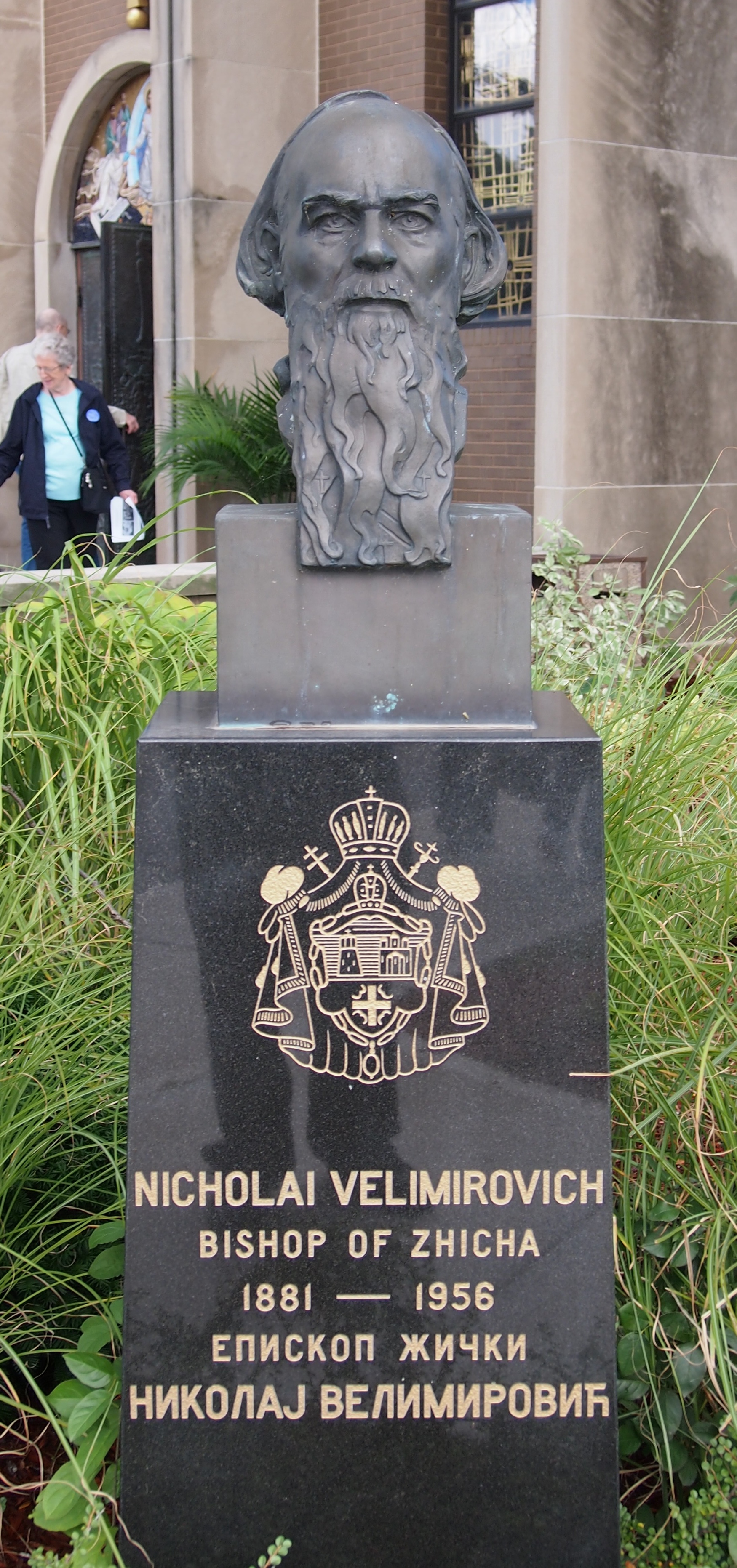
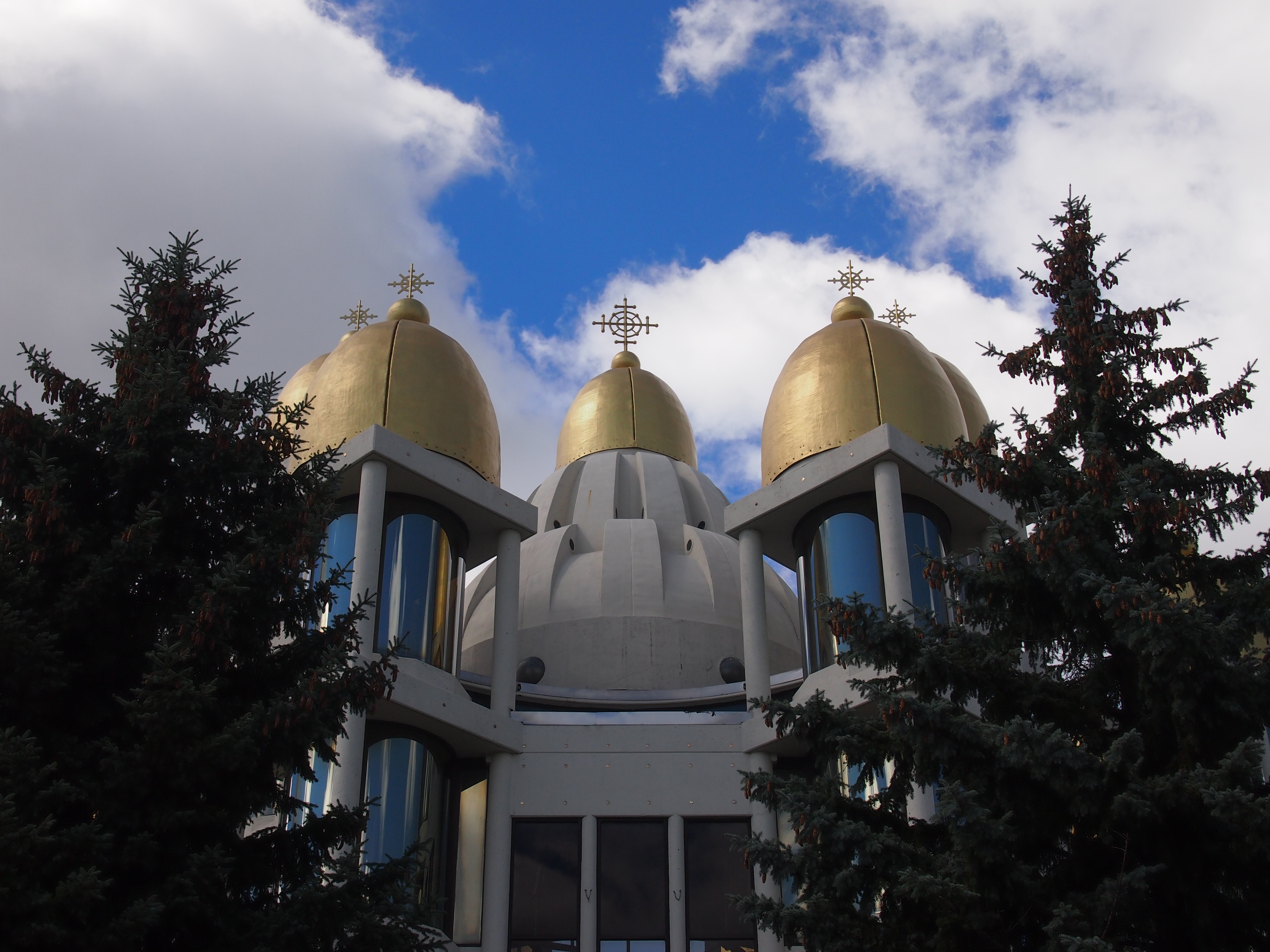
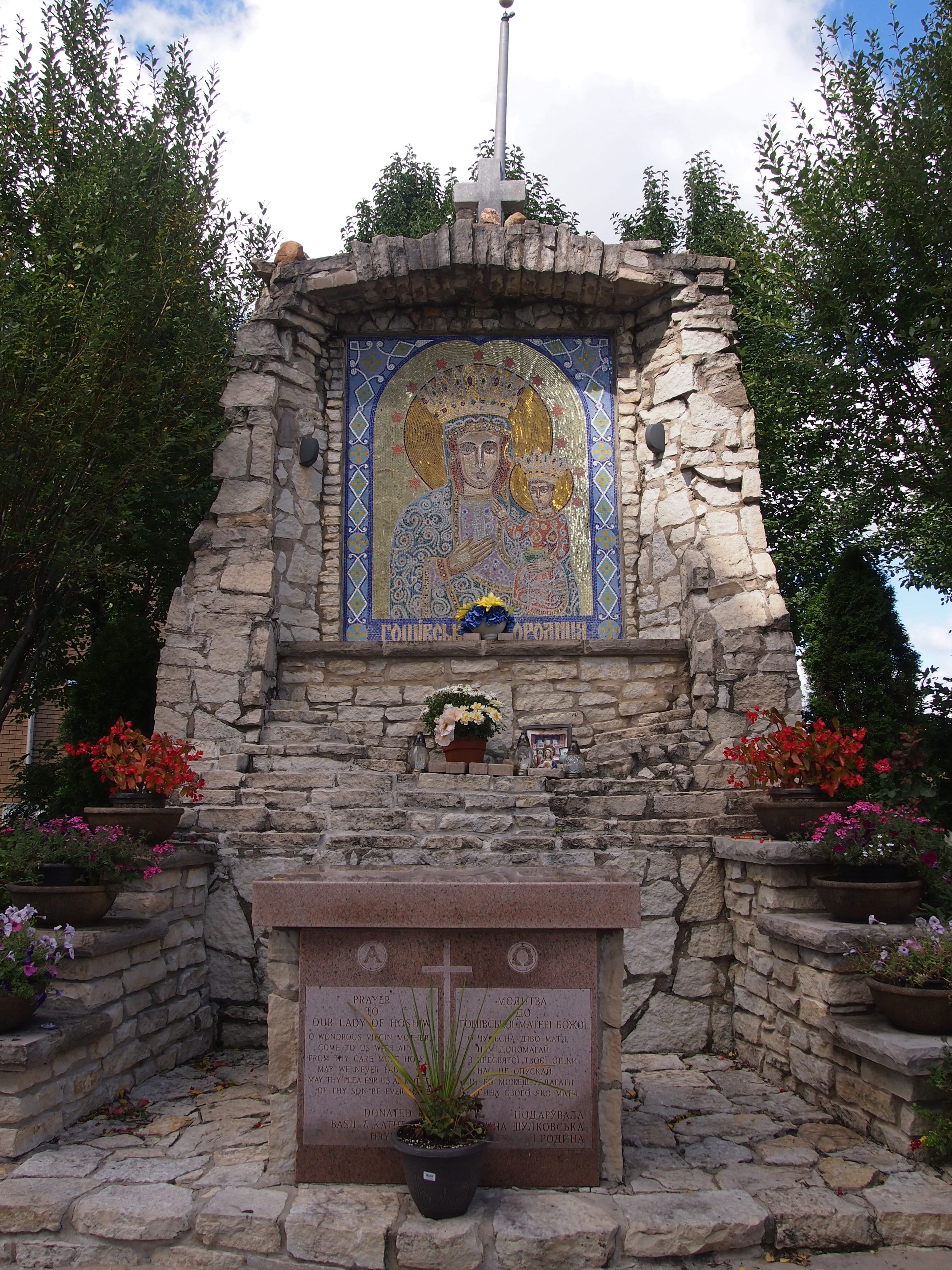

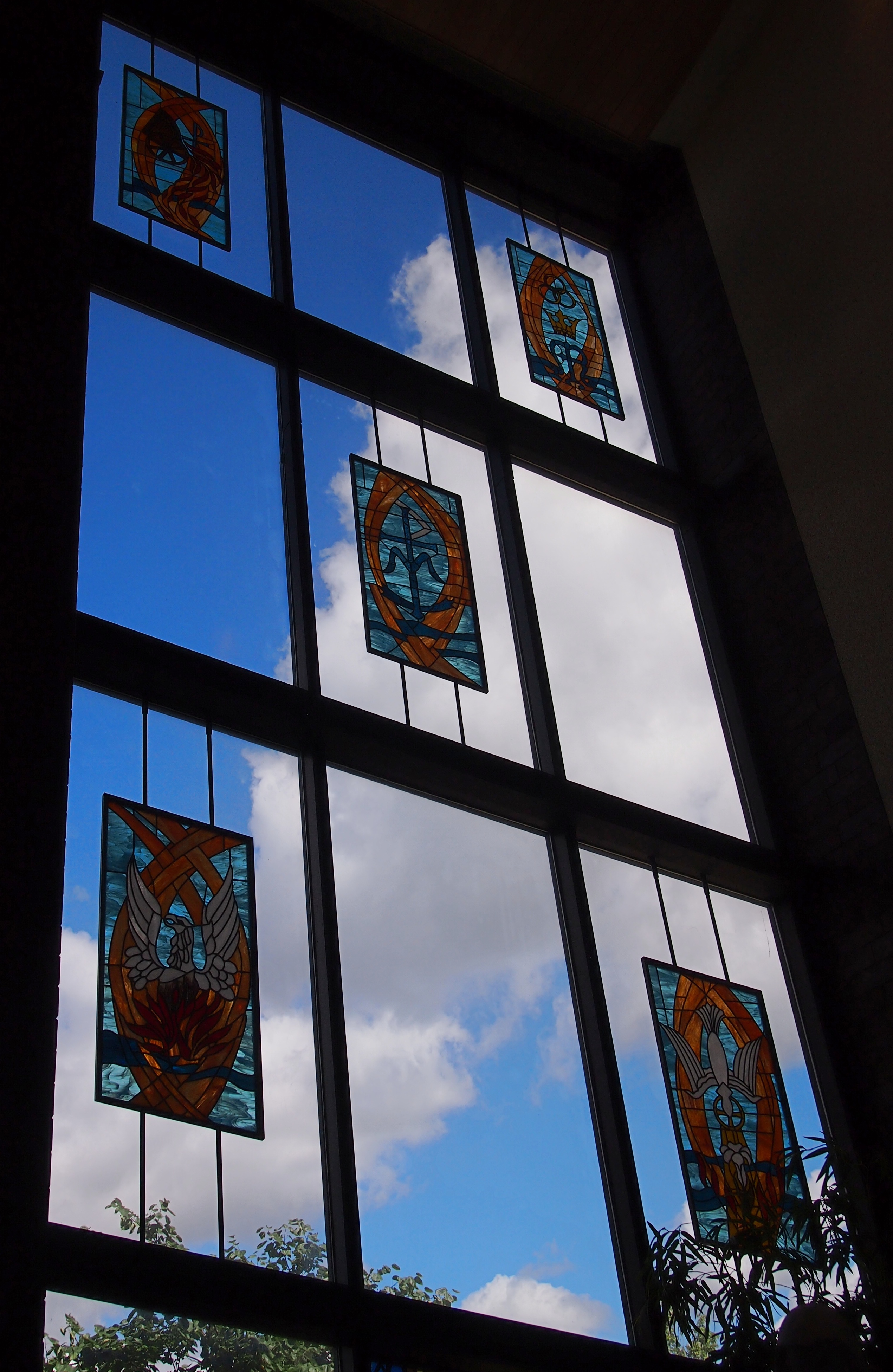
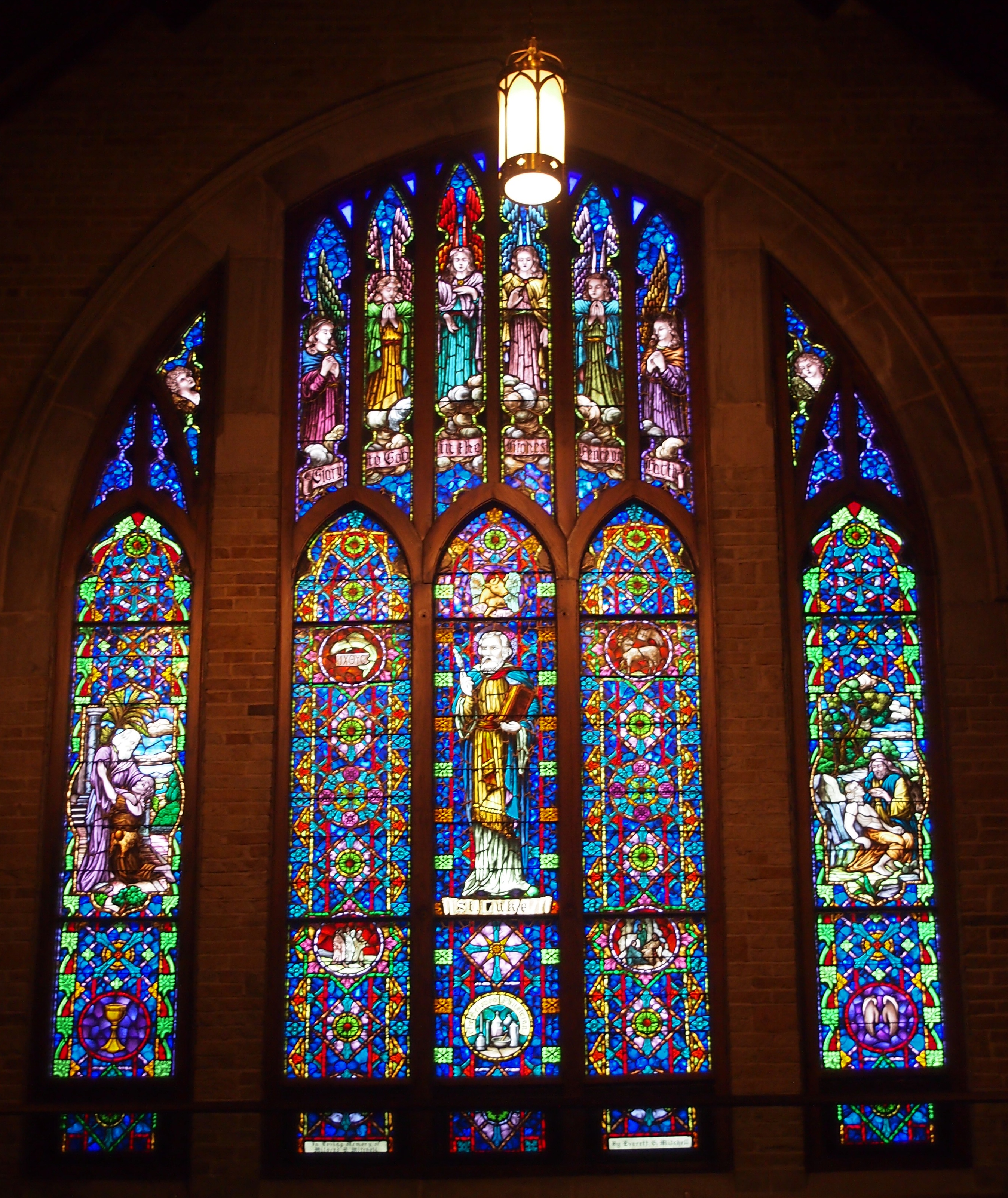
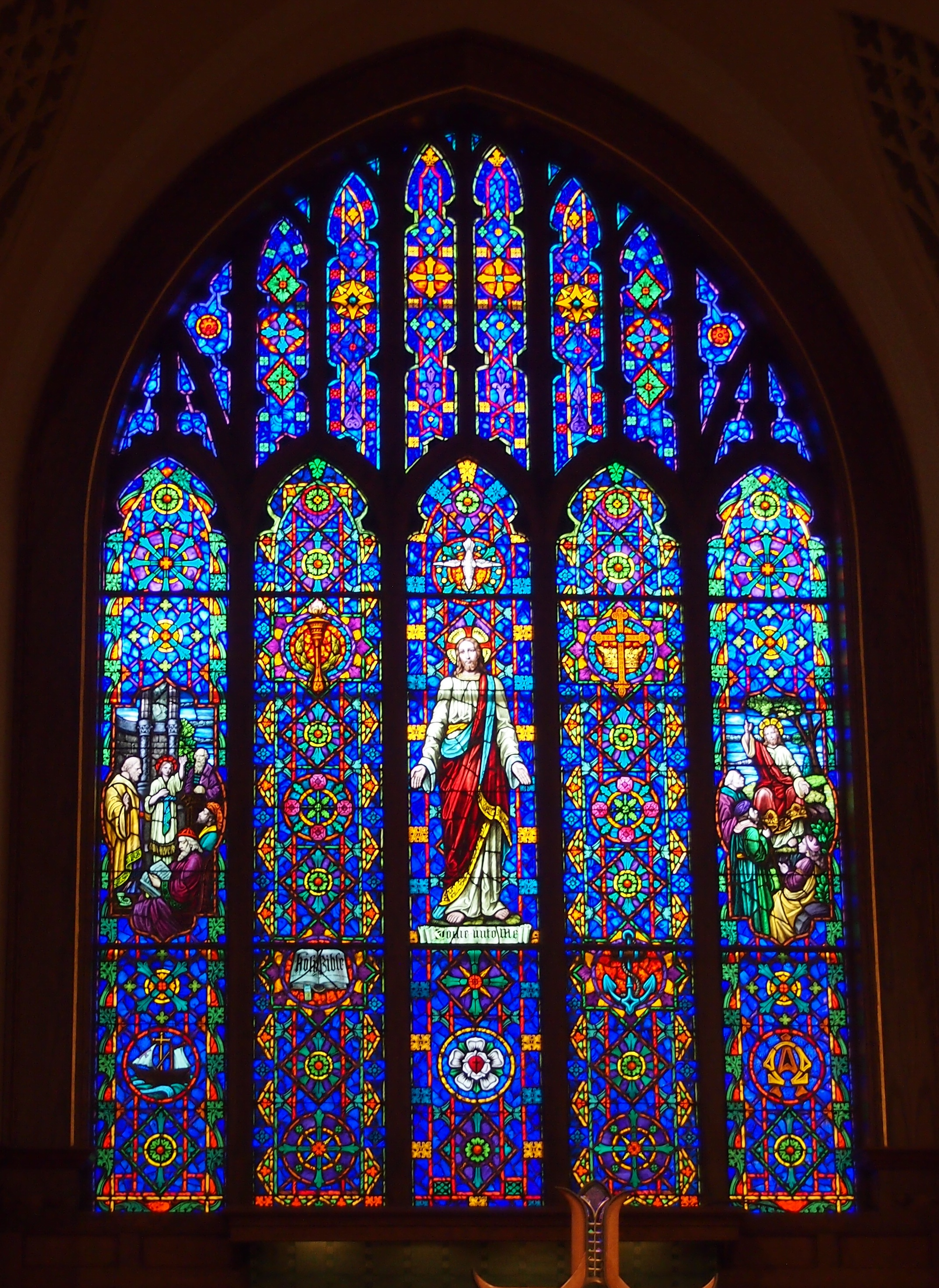
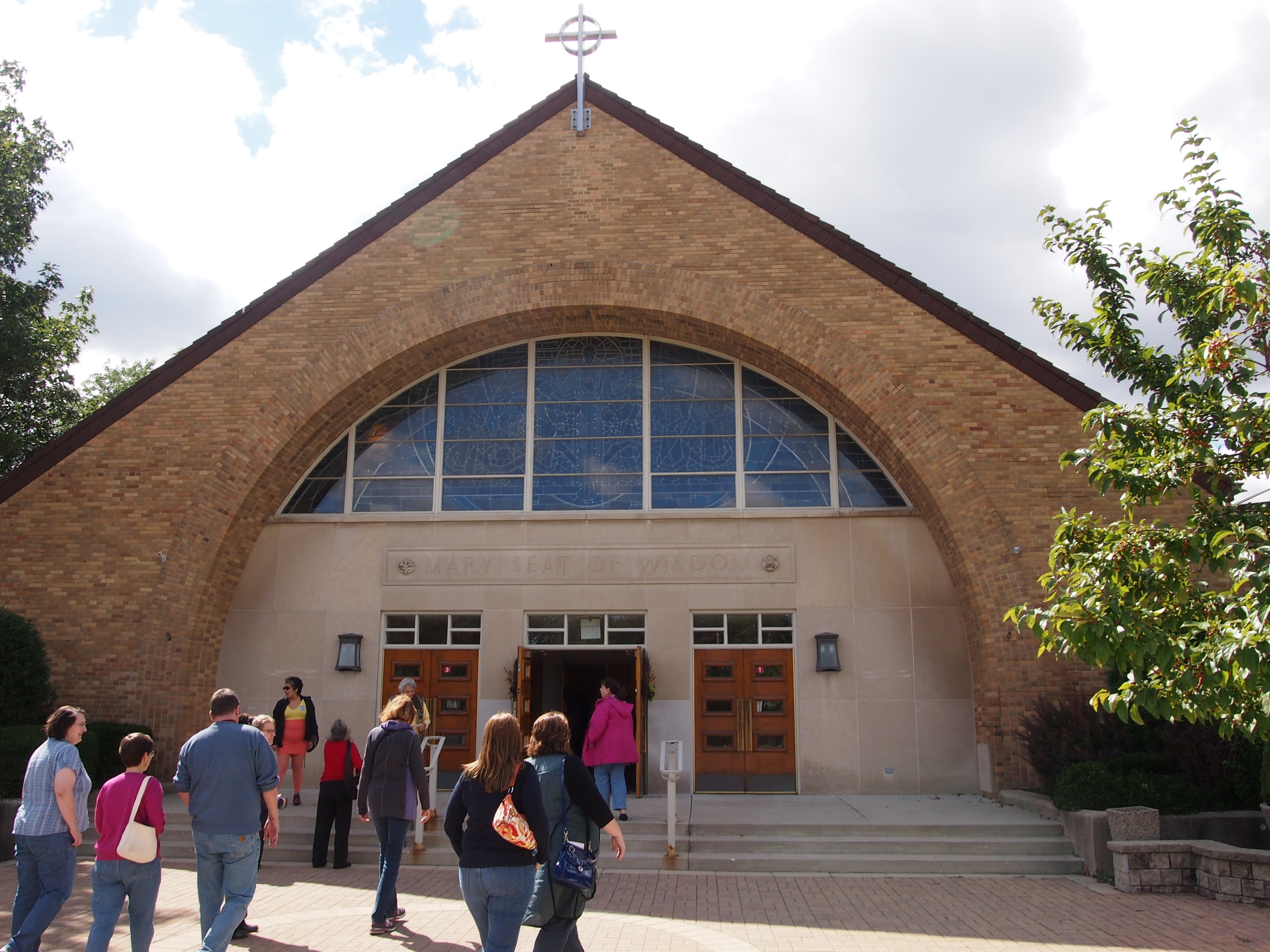
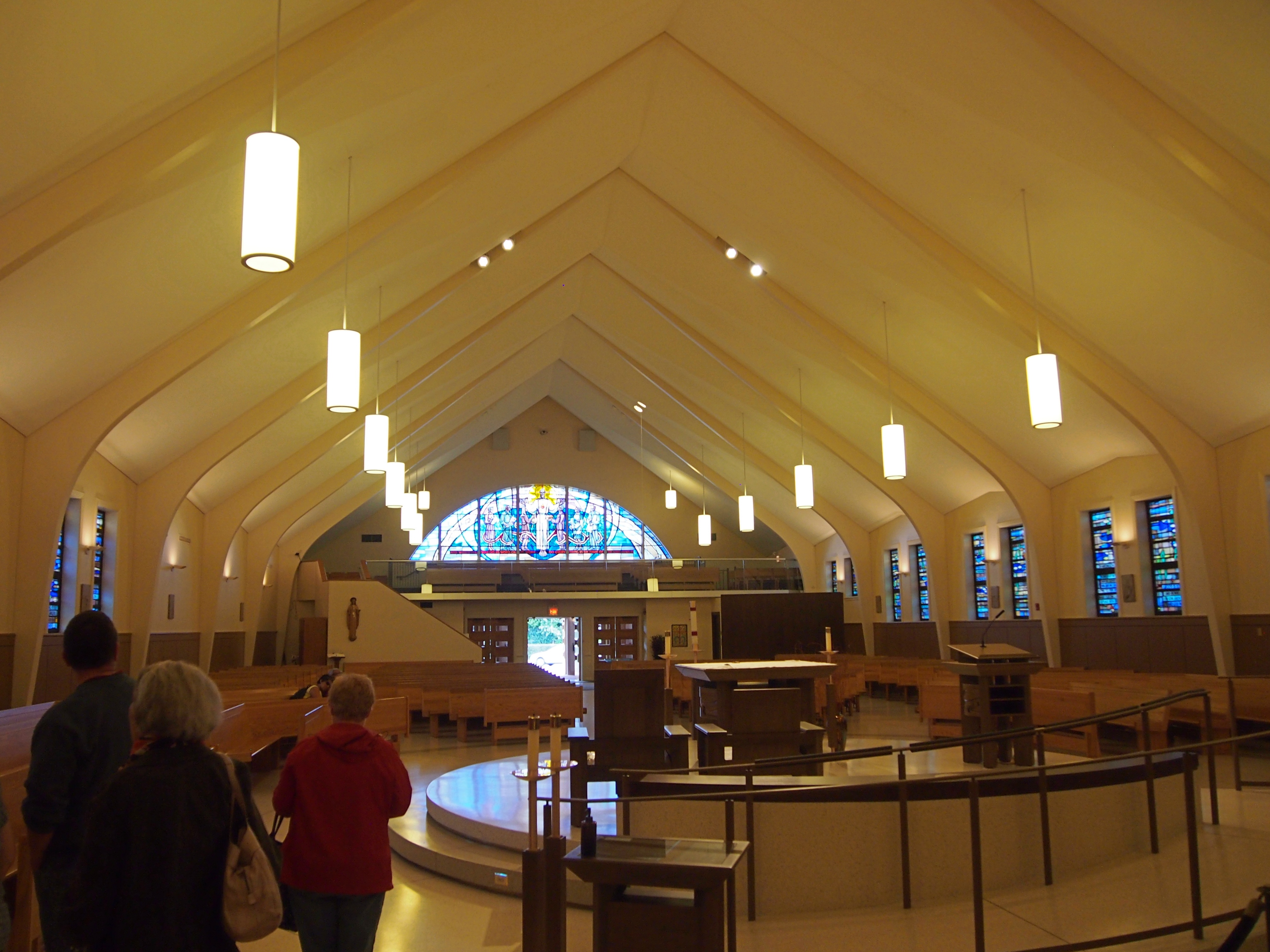

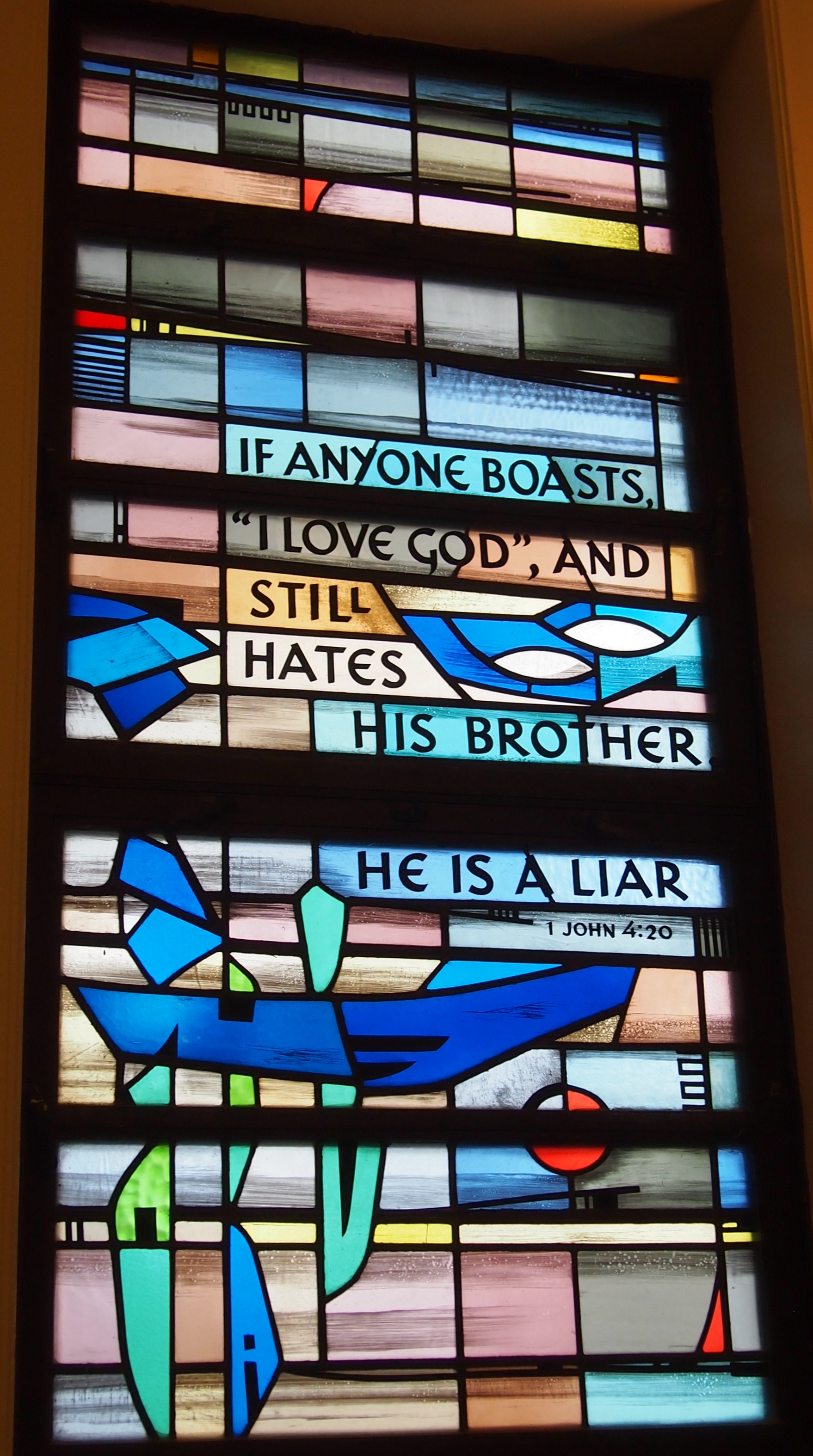
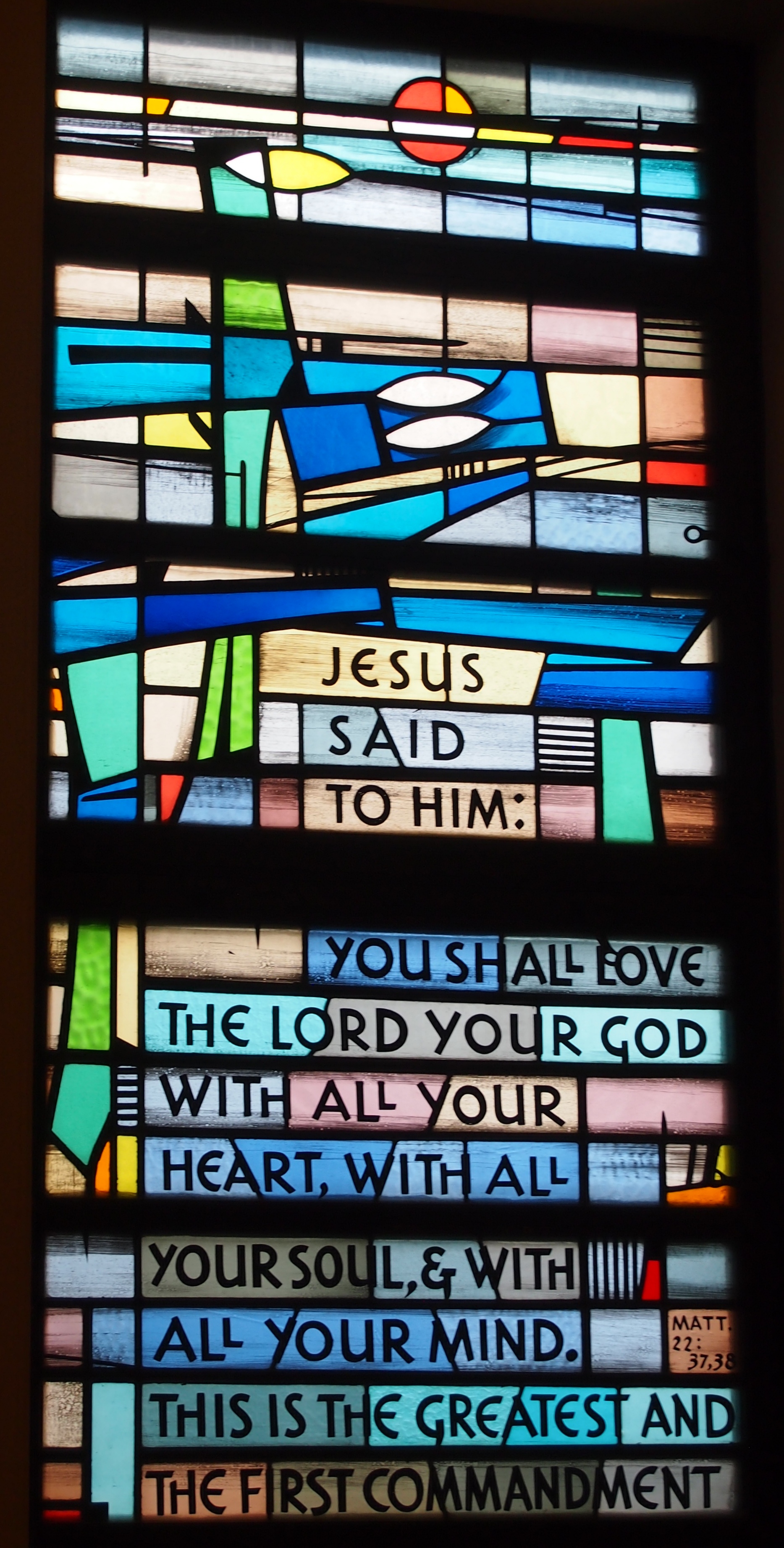
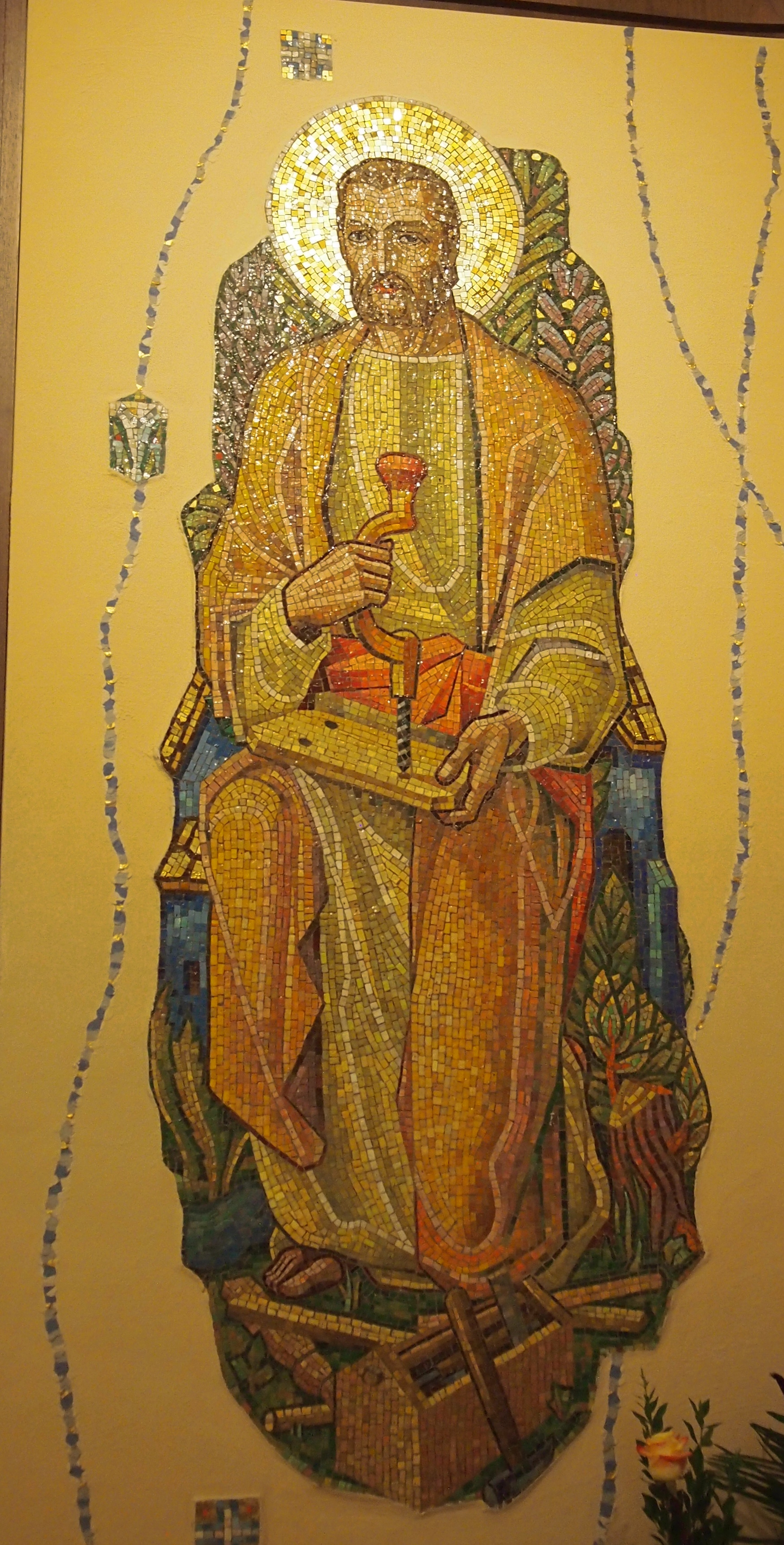
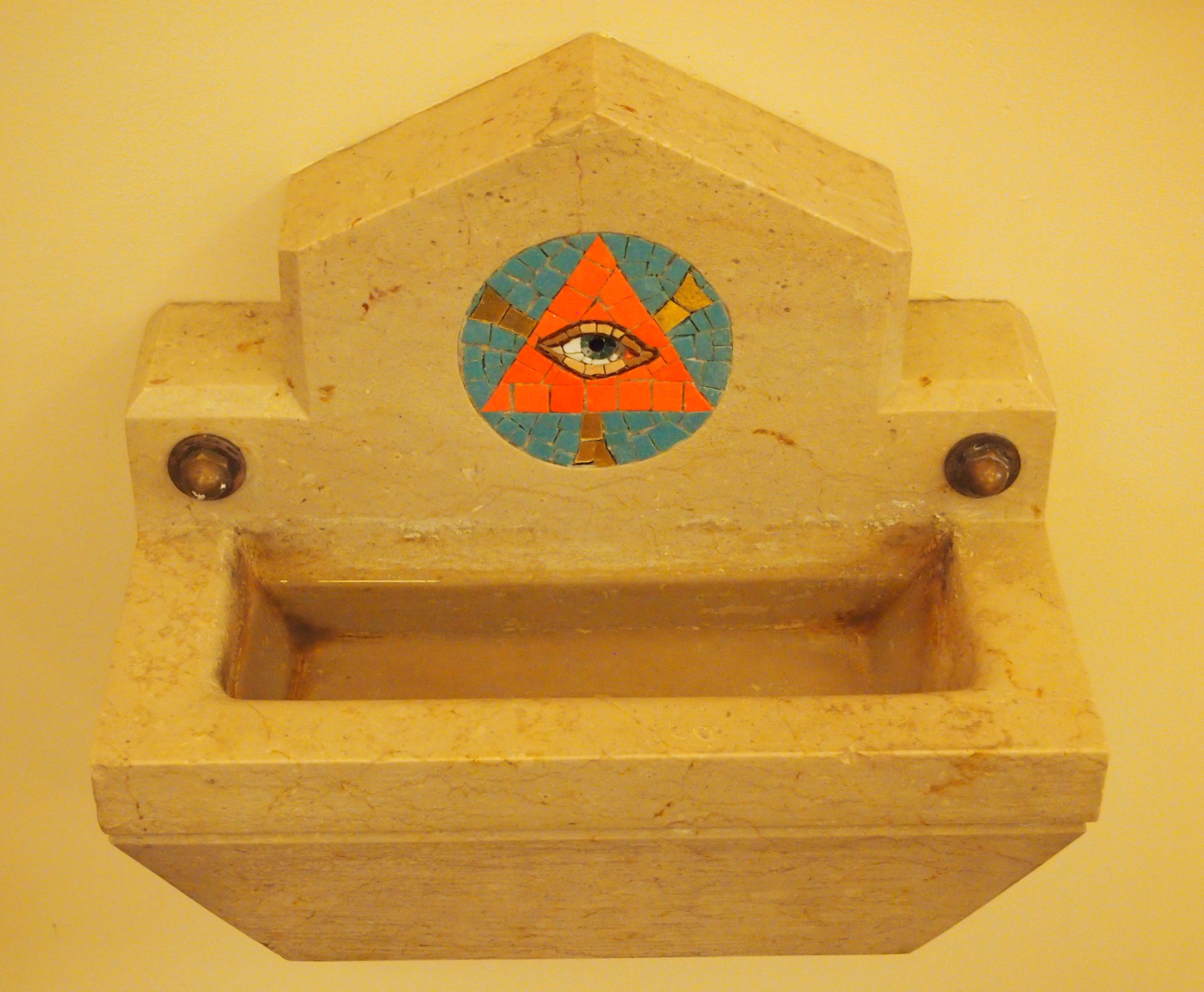
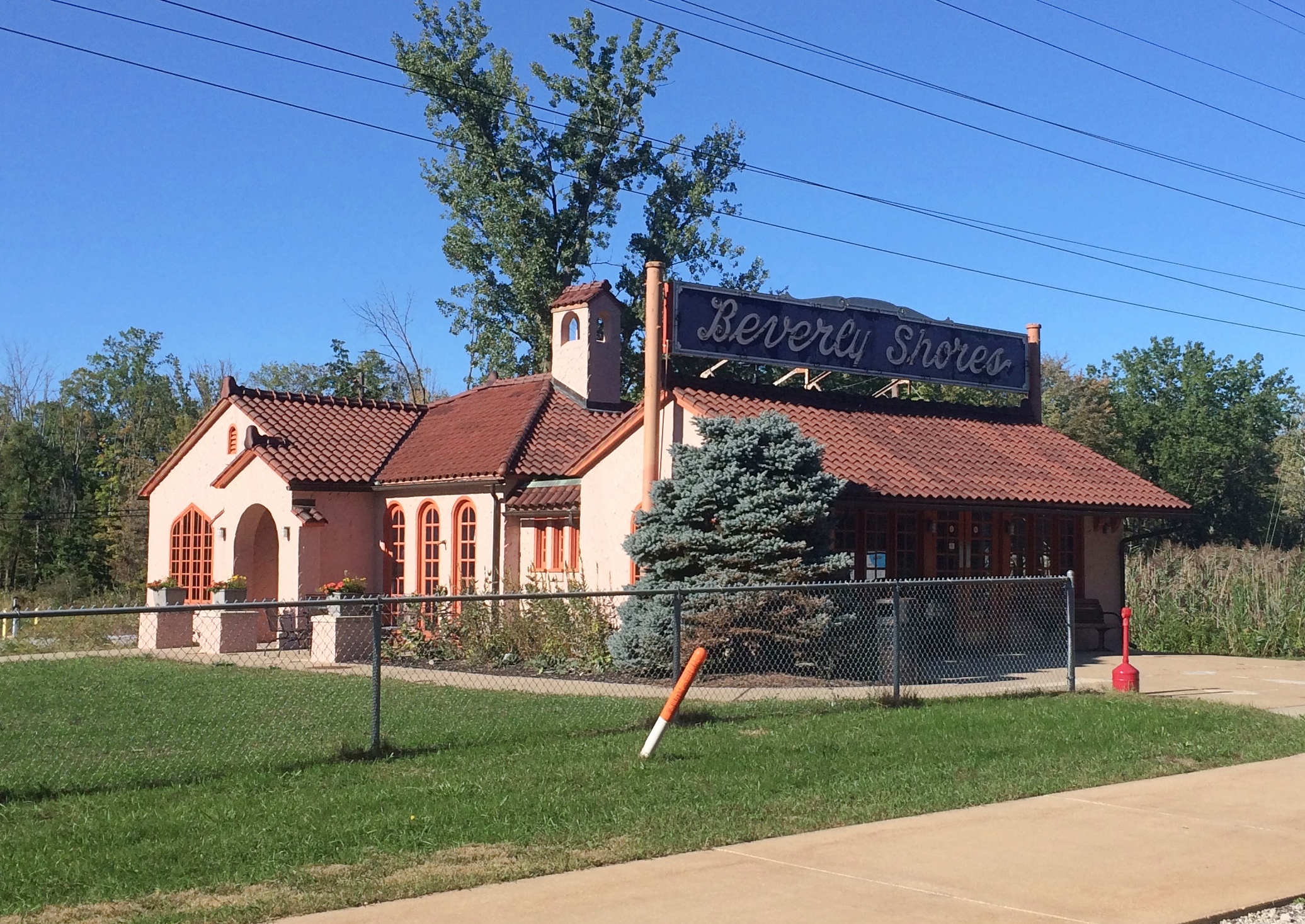


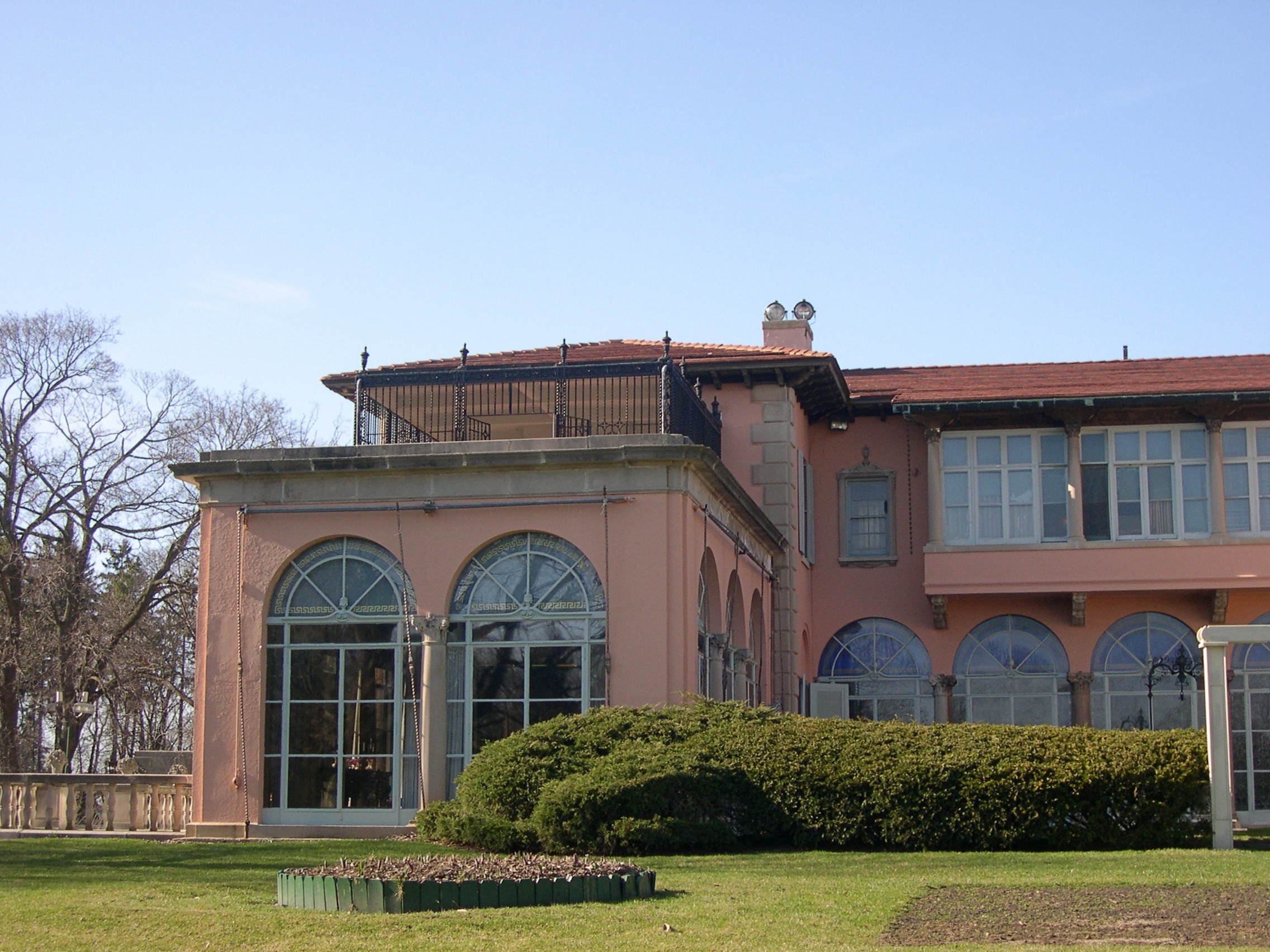

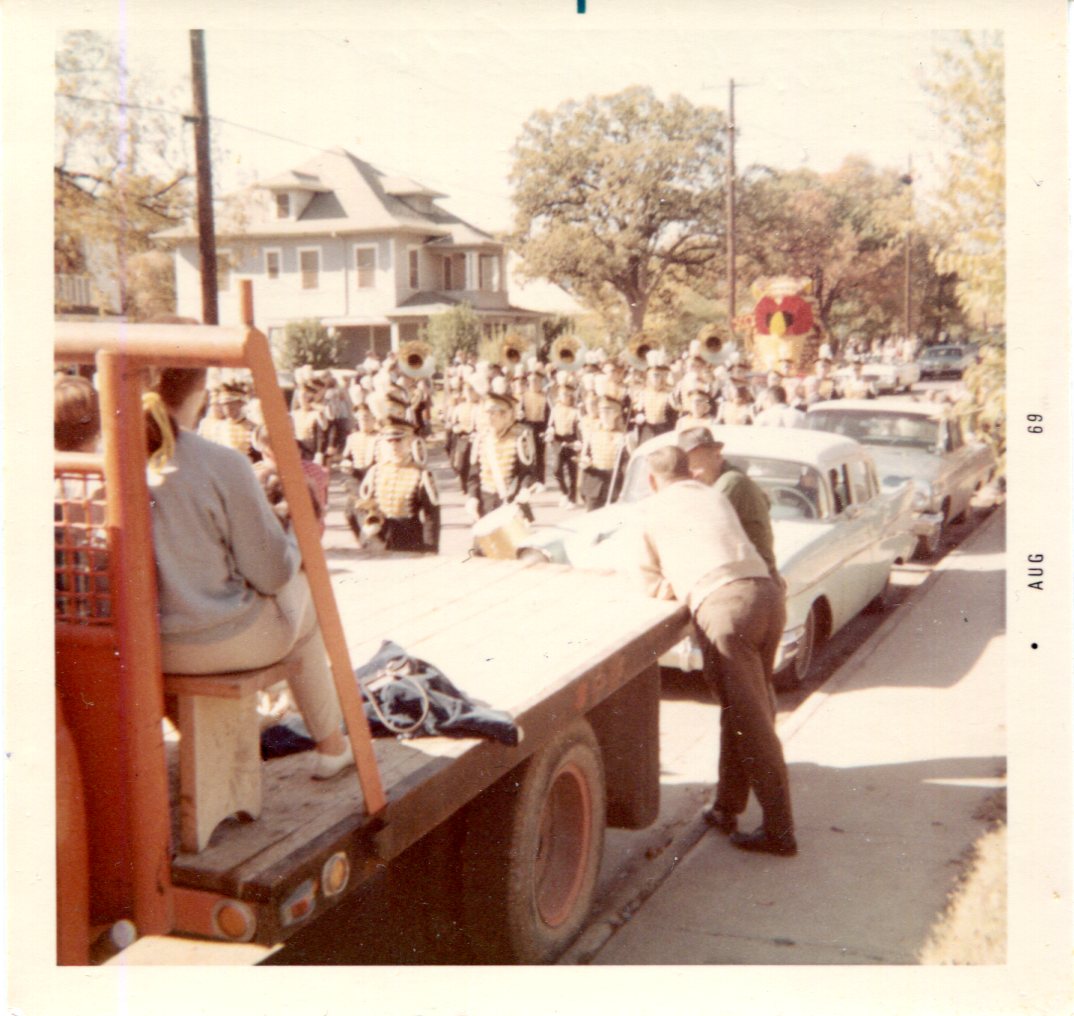
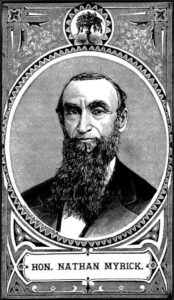
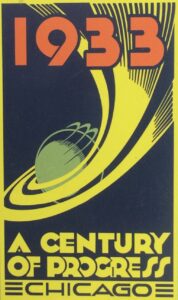

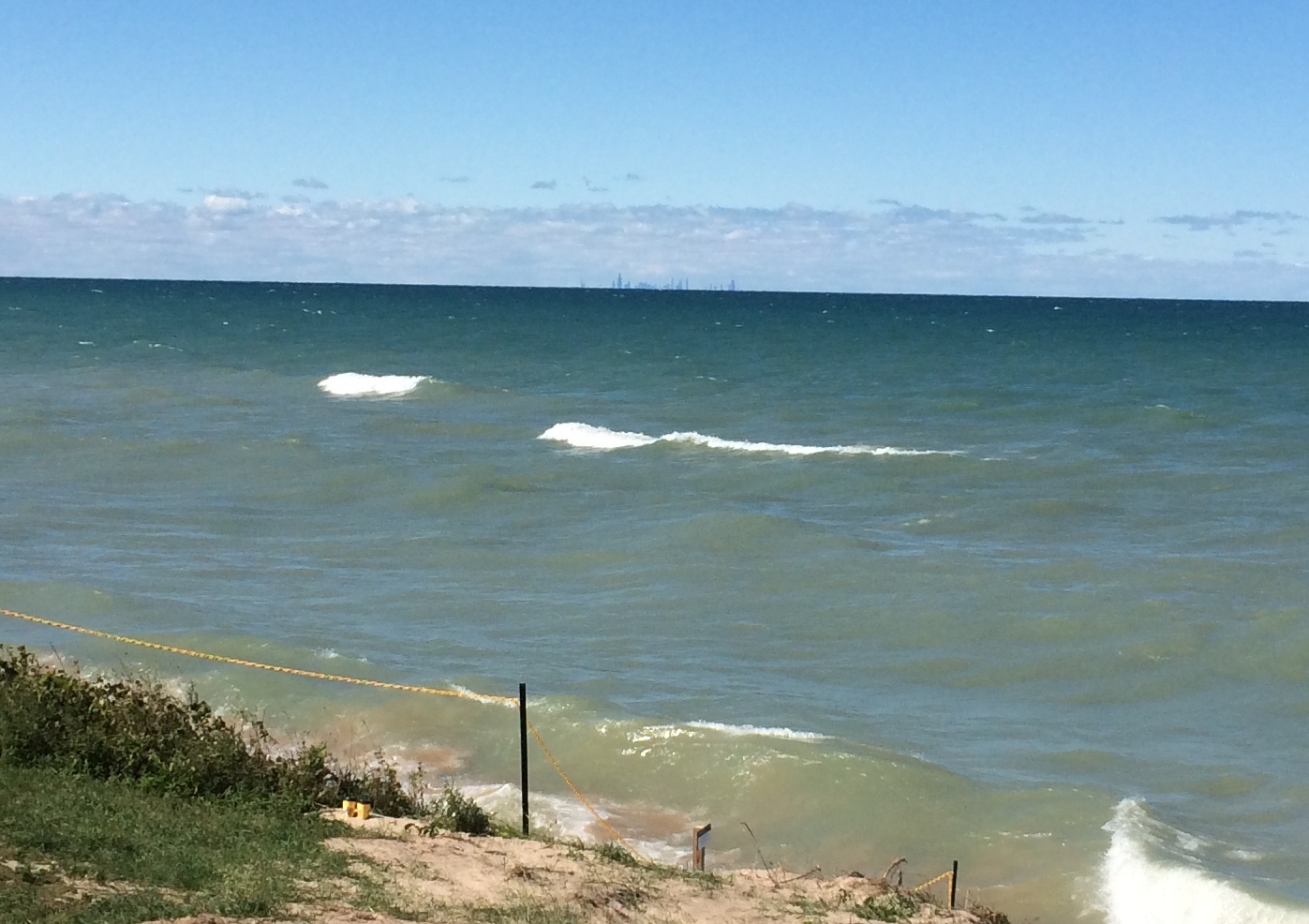
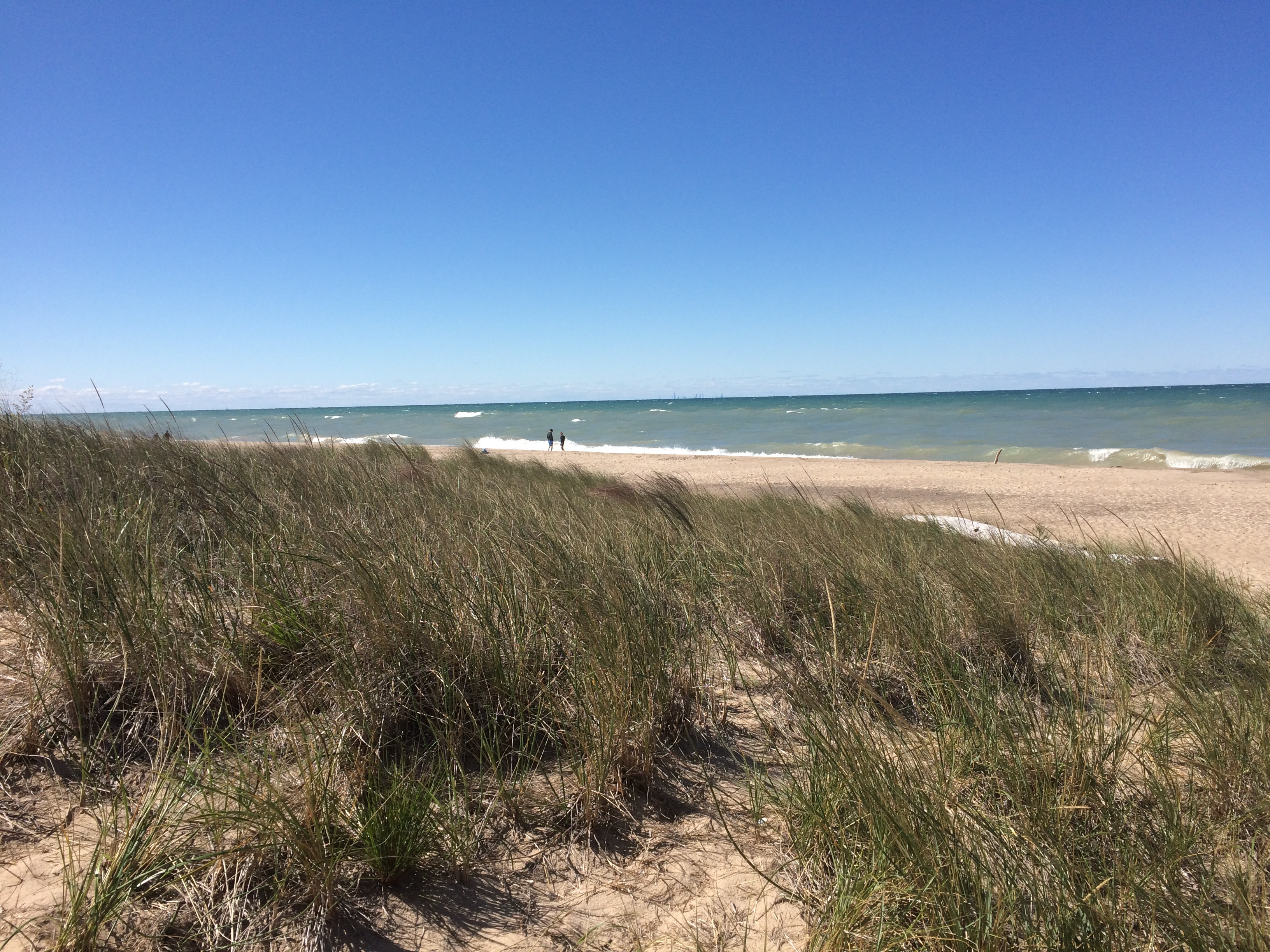
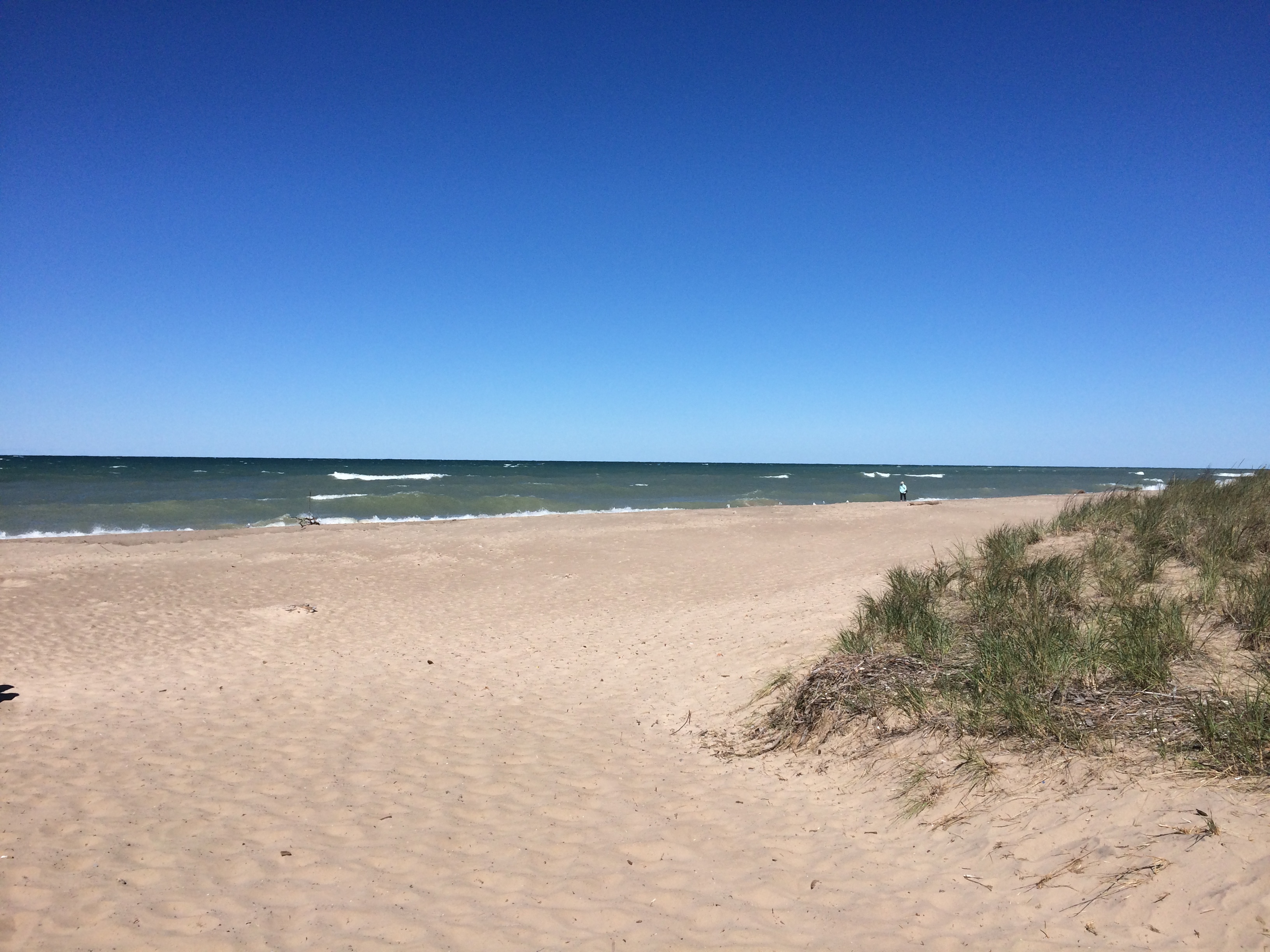
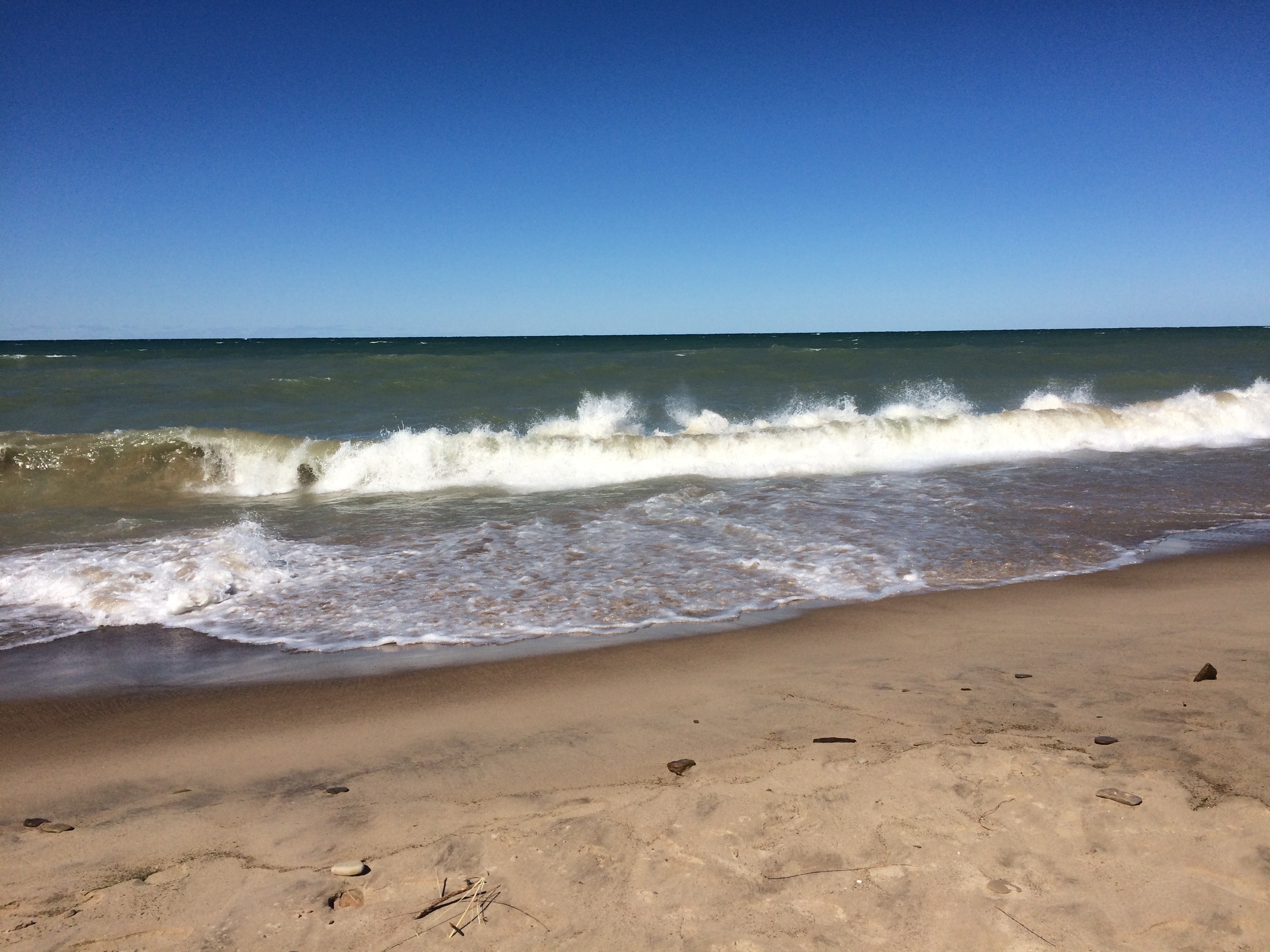
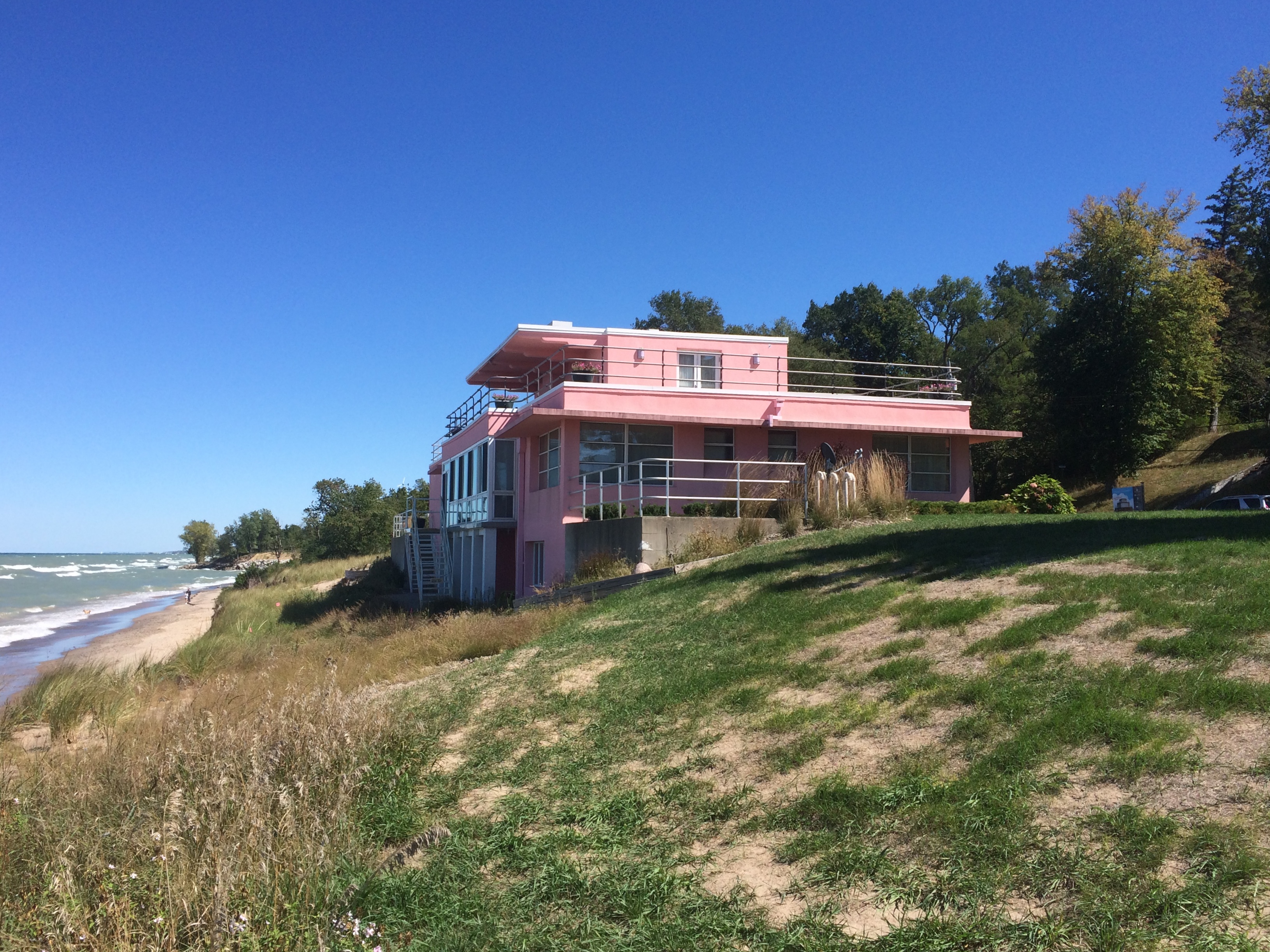

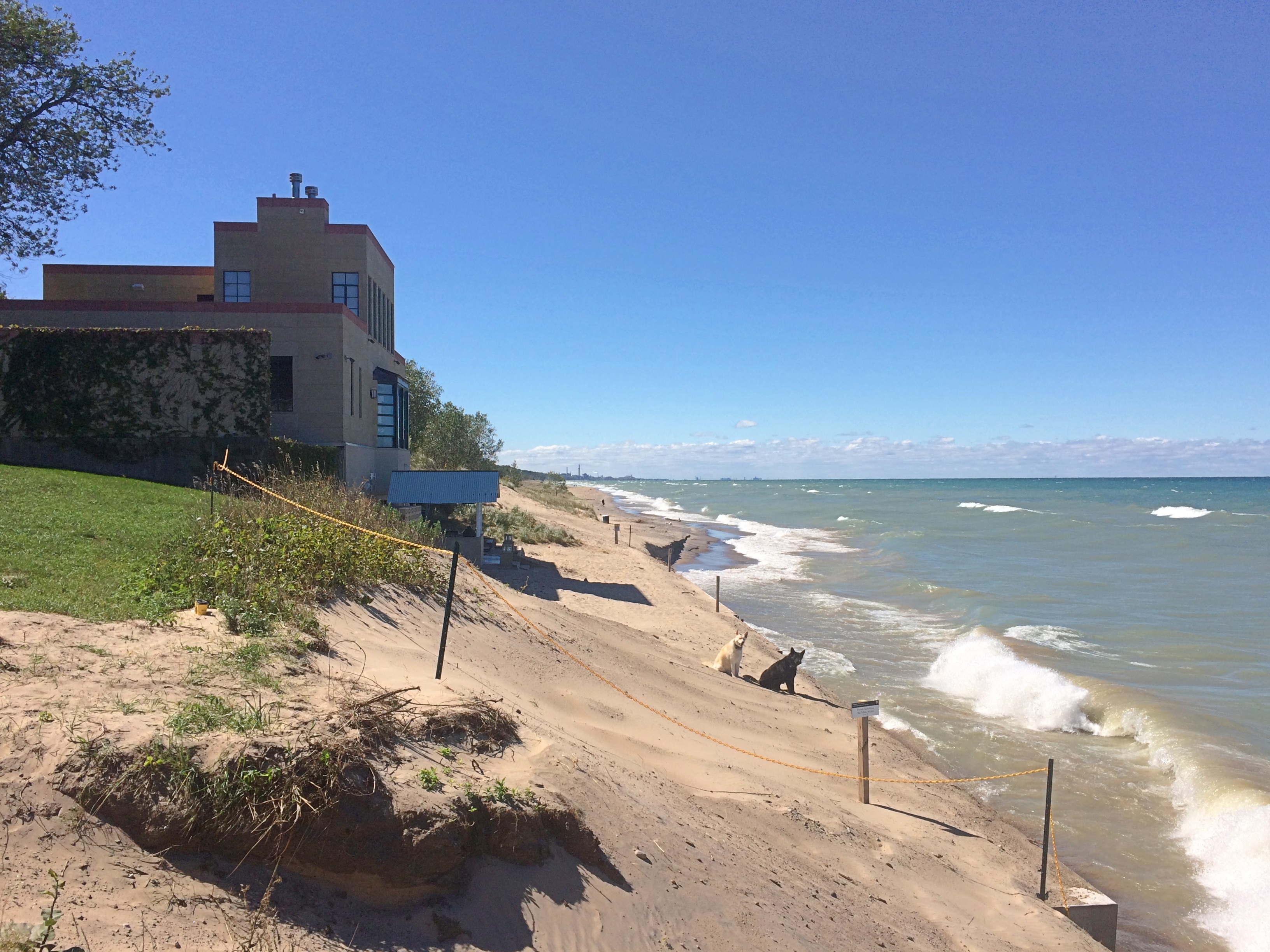
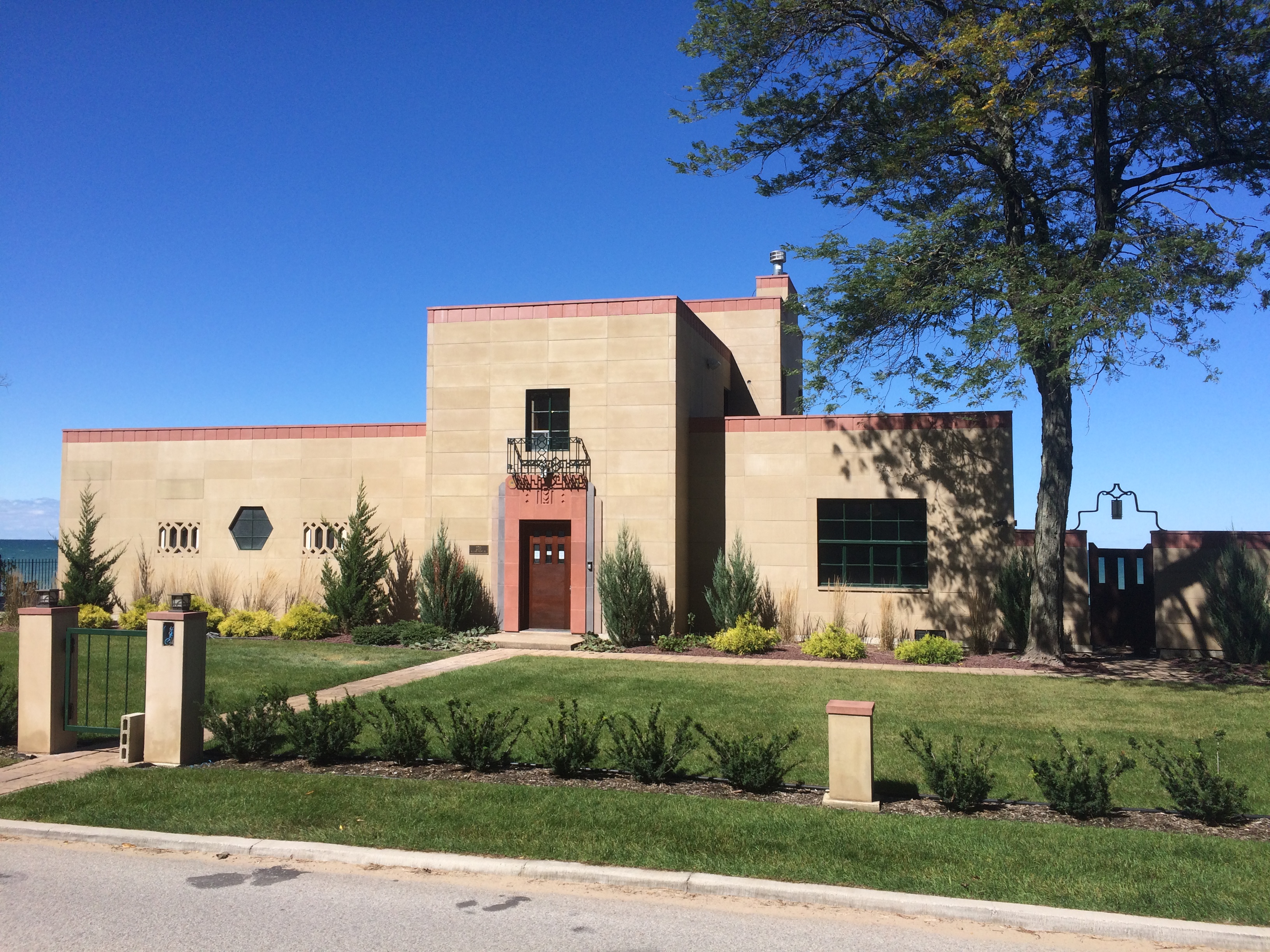
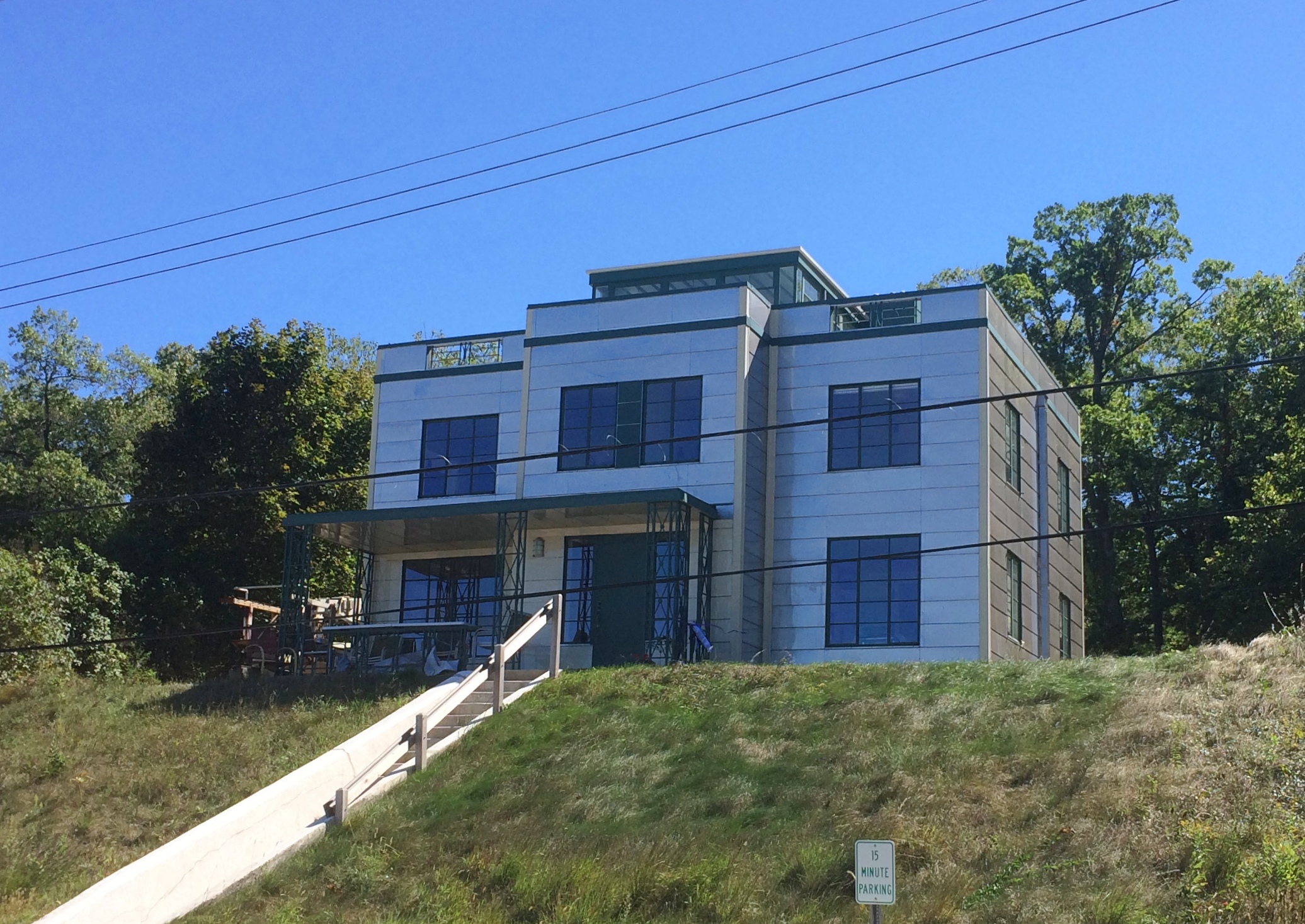
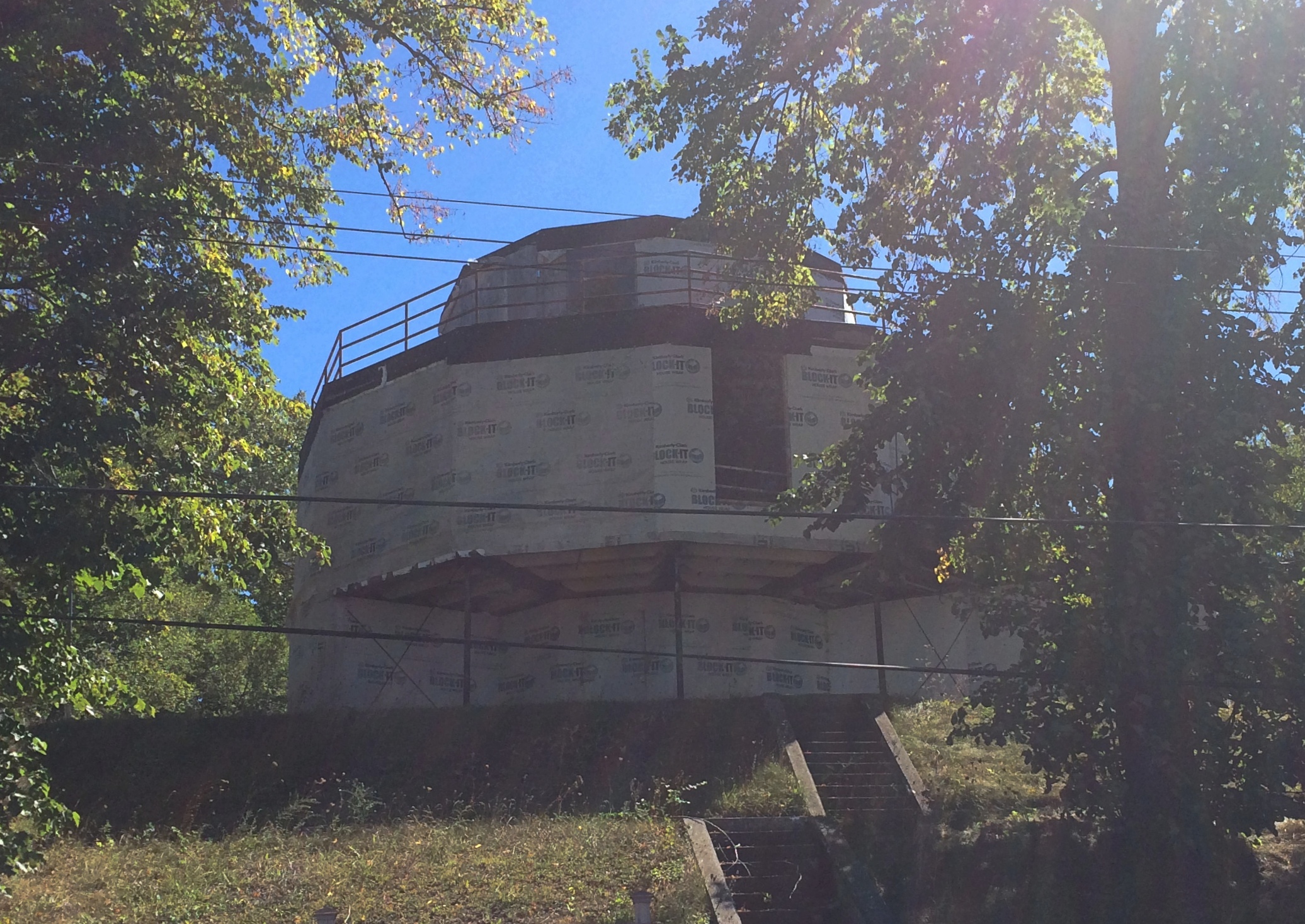

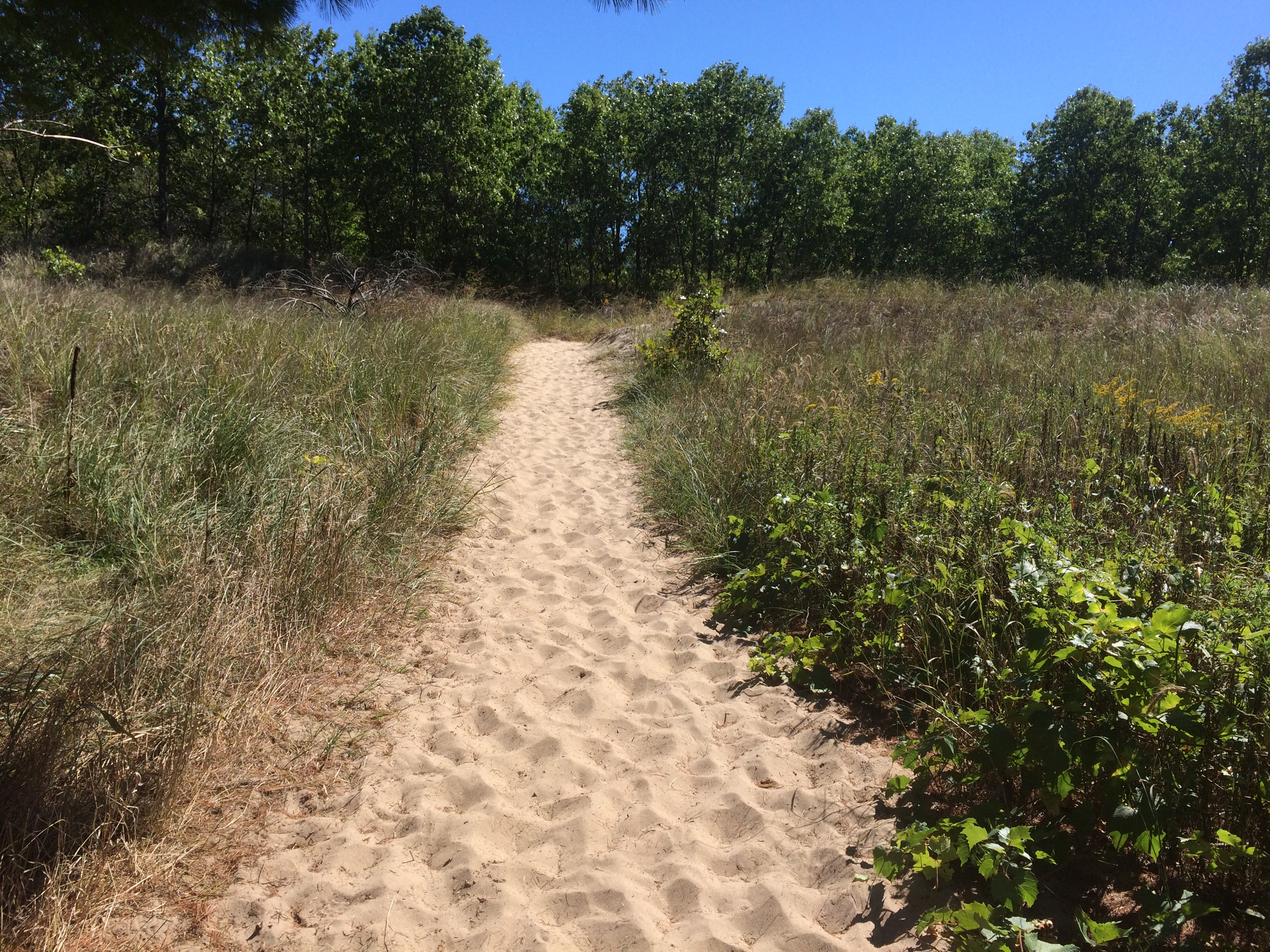

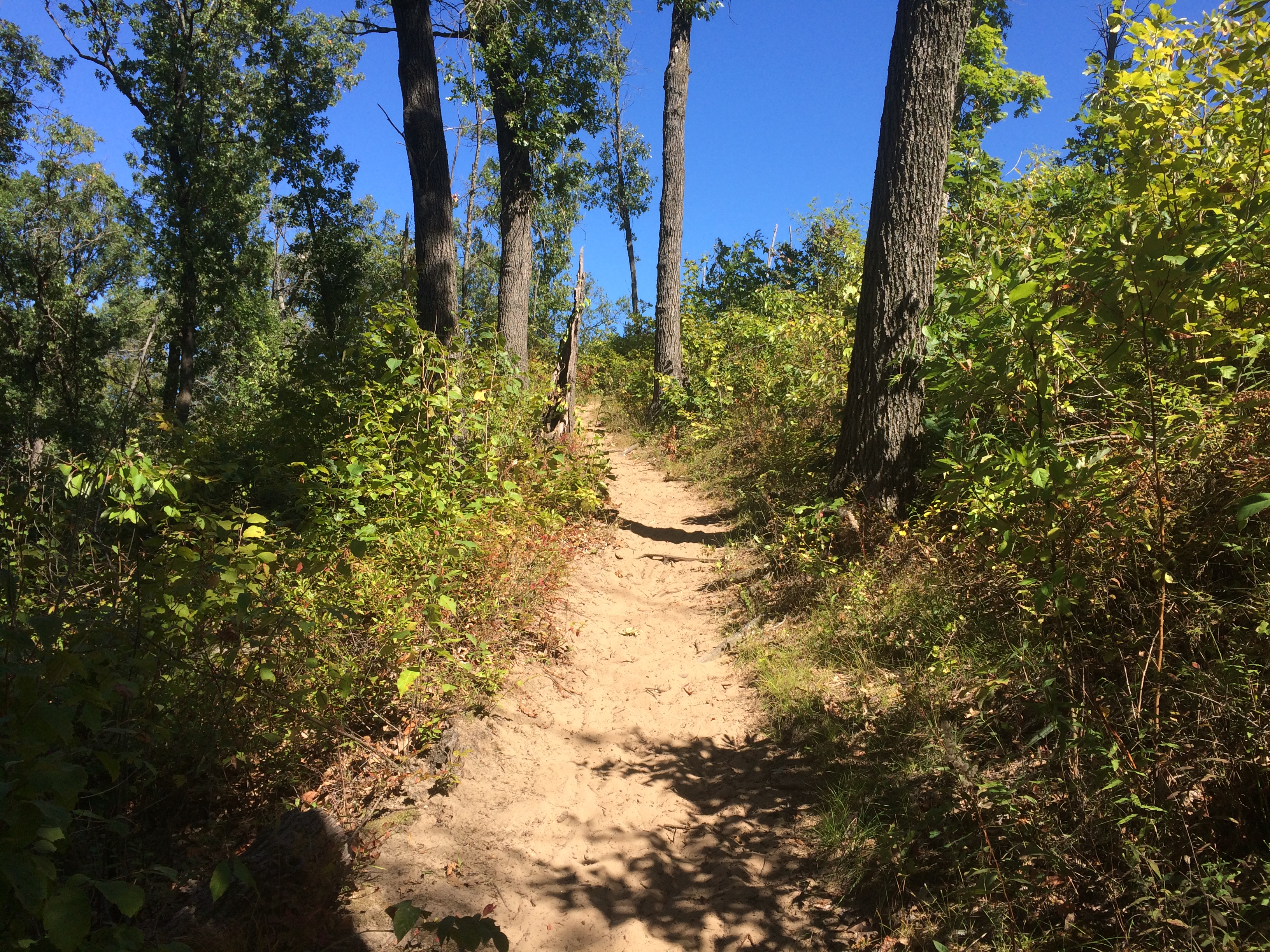
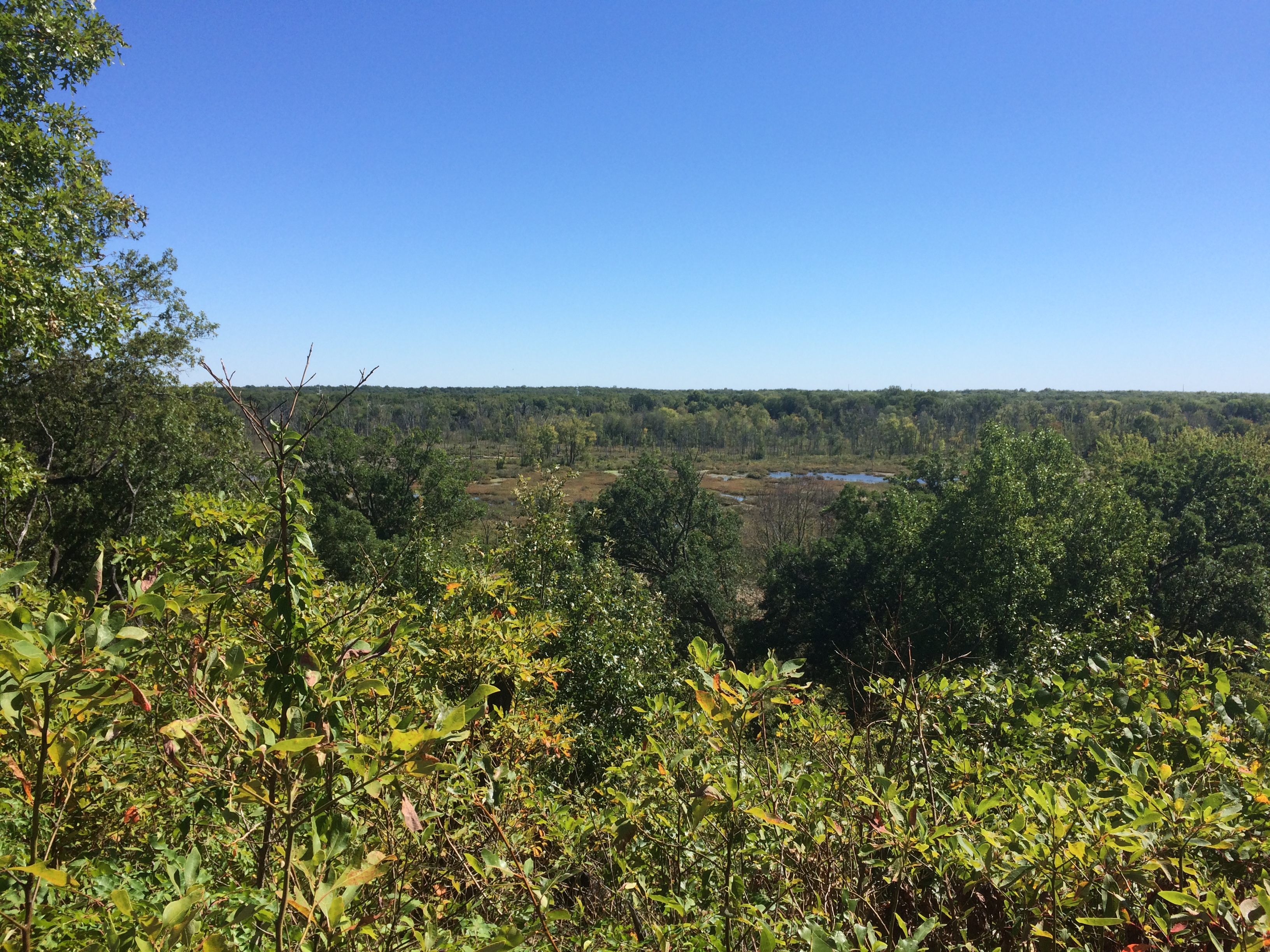
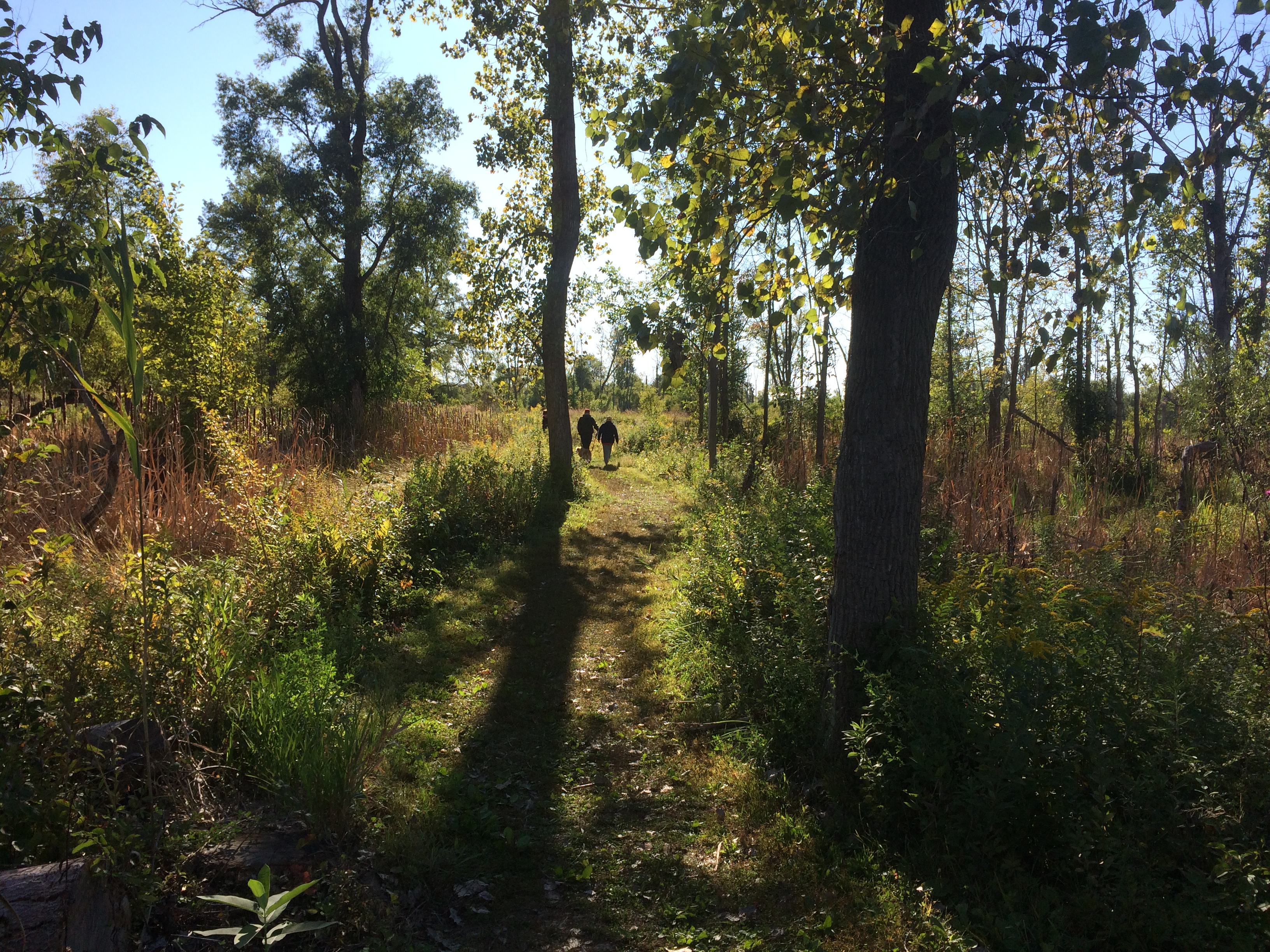
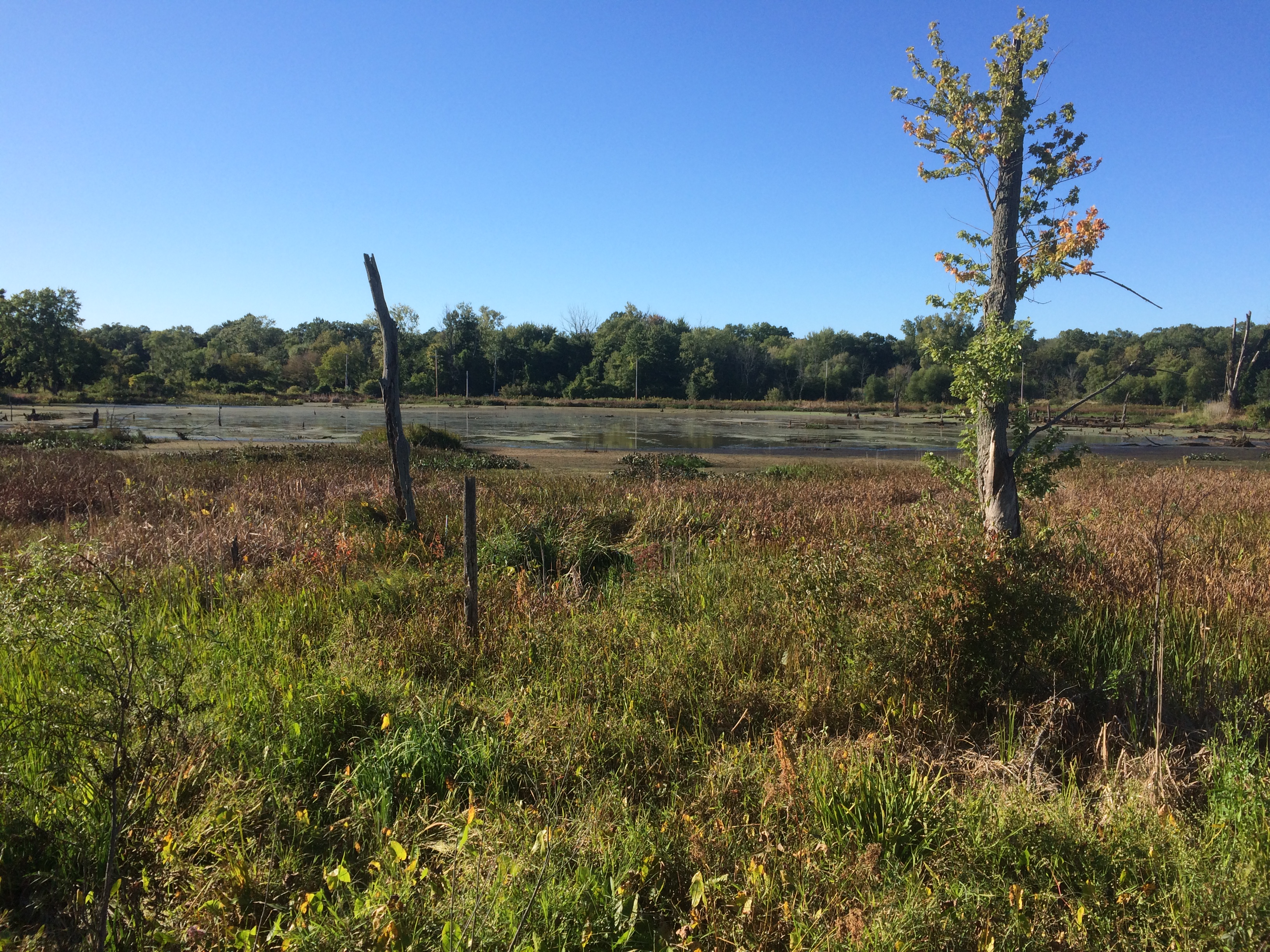



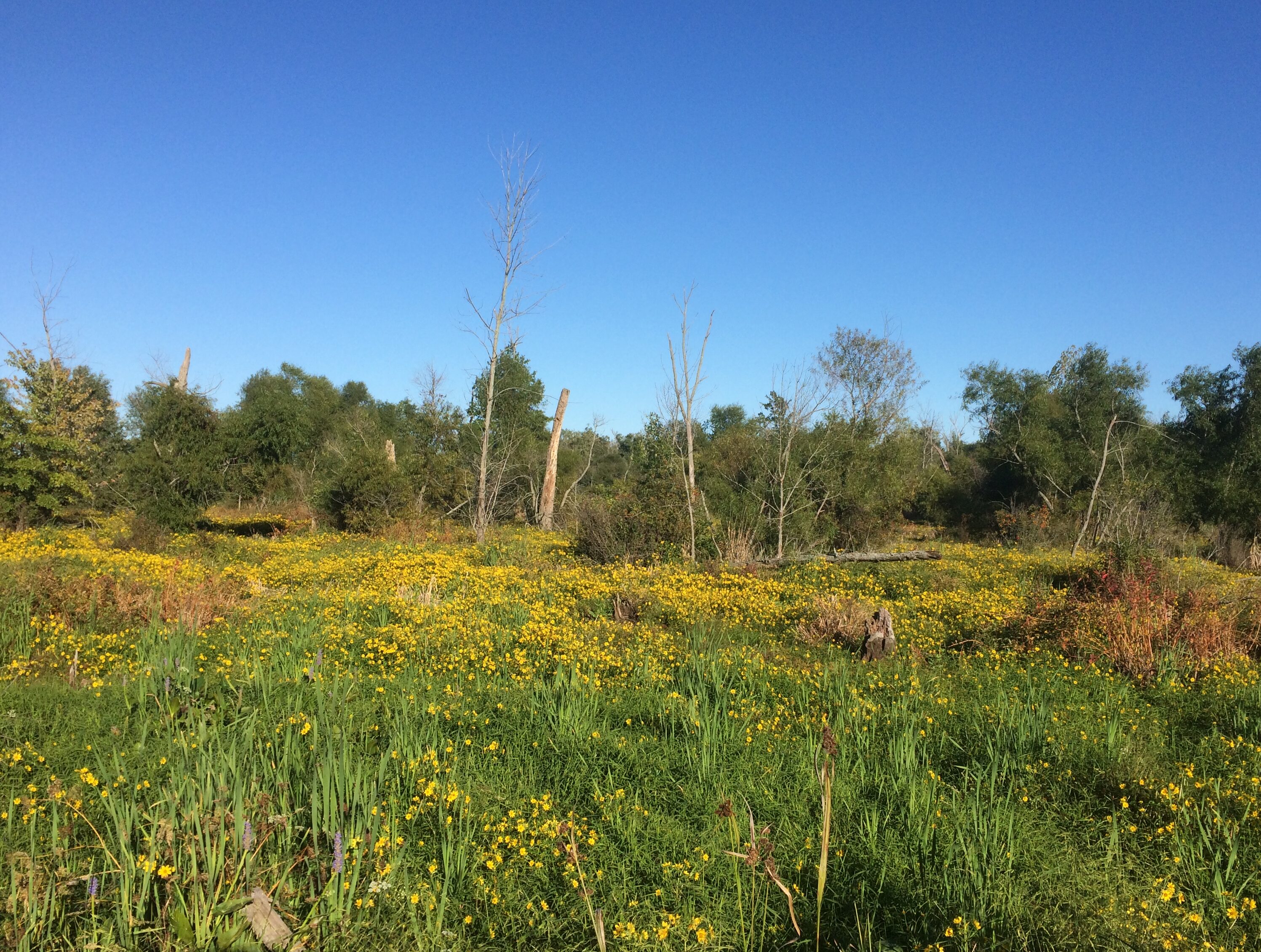 Leisure to stroll among the short-time green?
Leisure to stroll among the short-time green?


